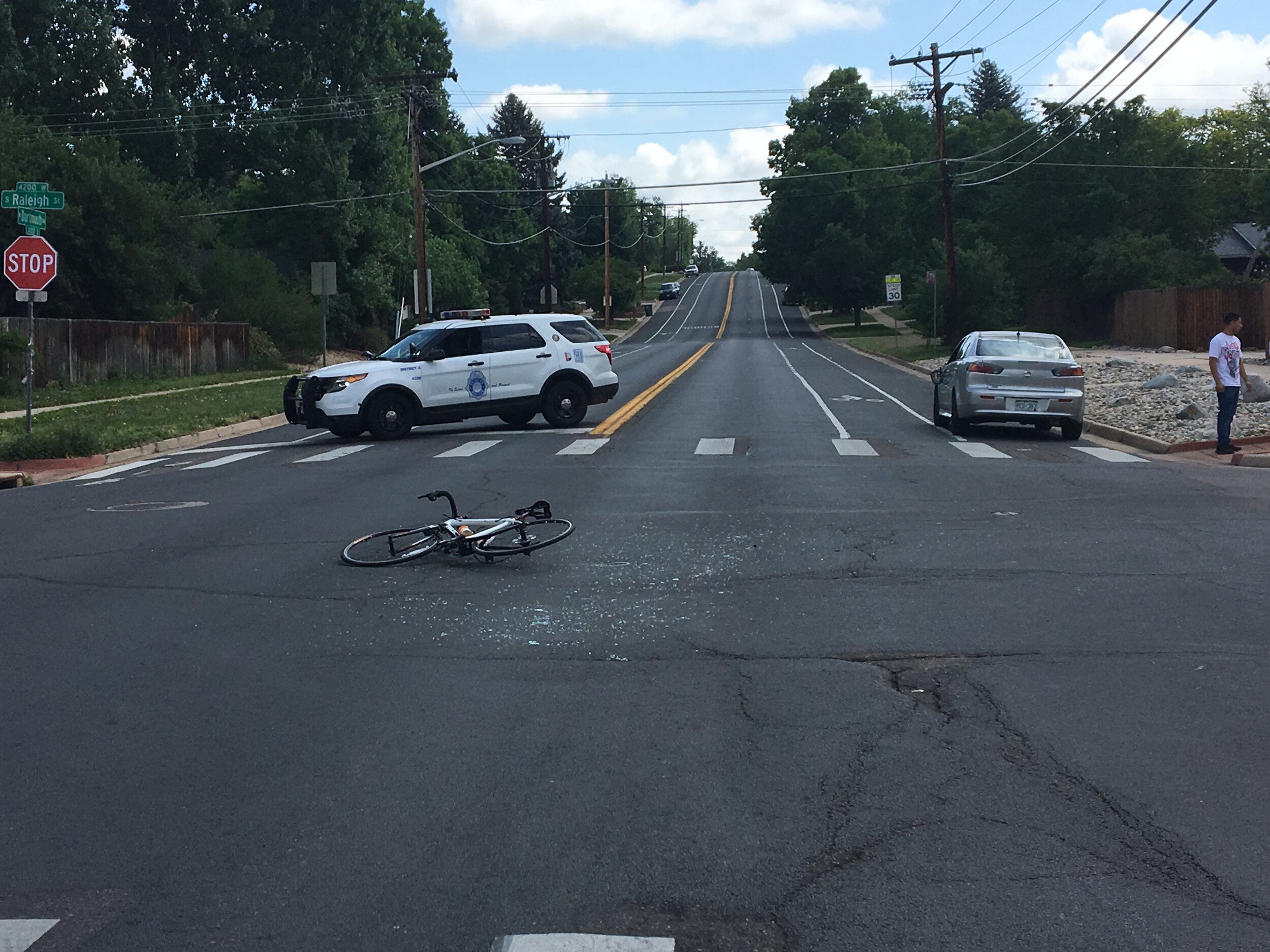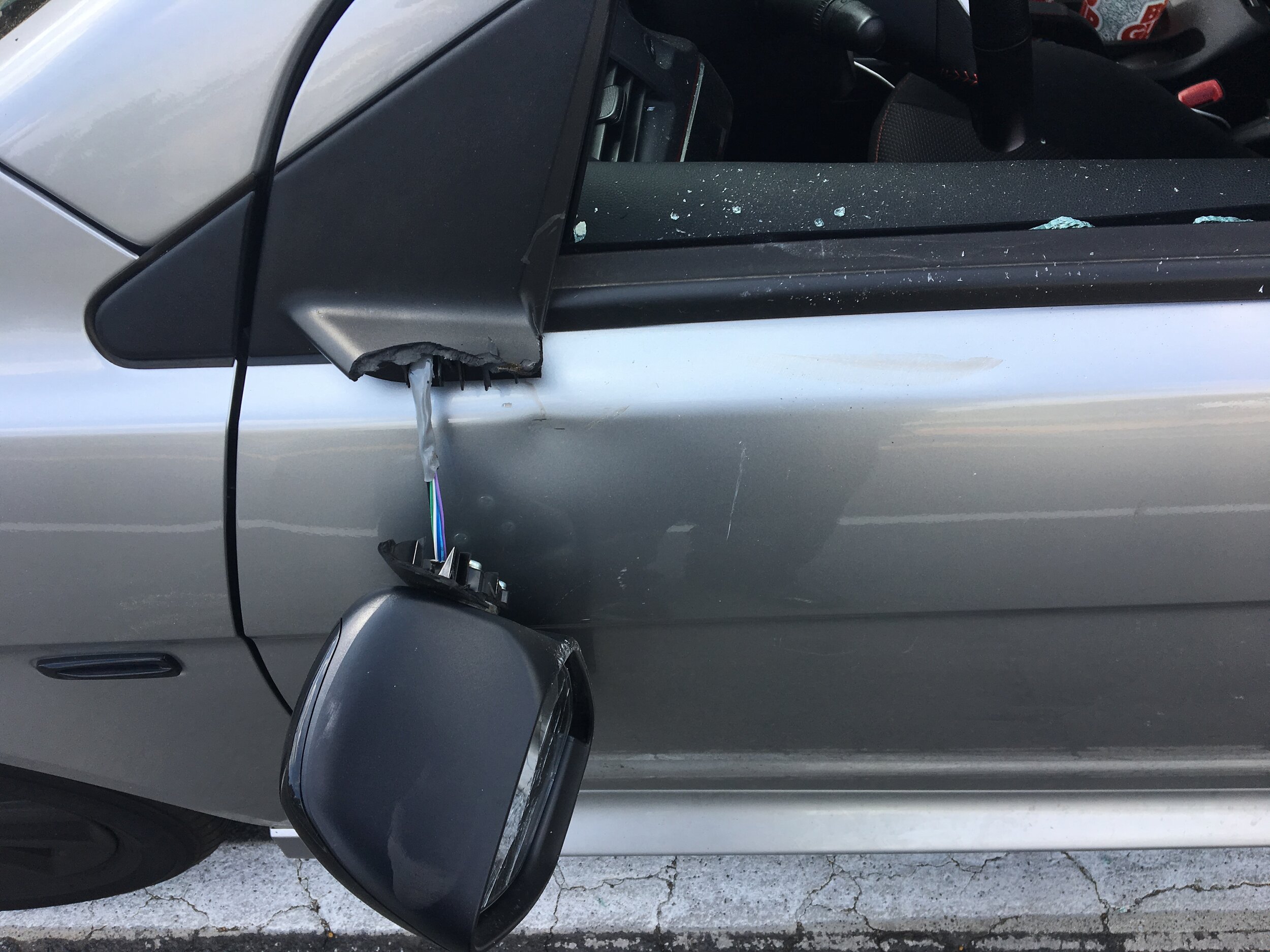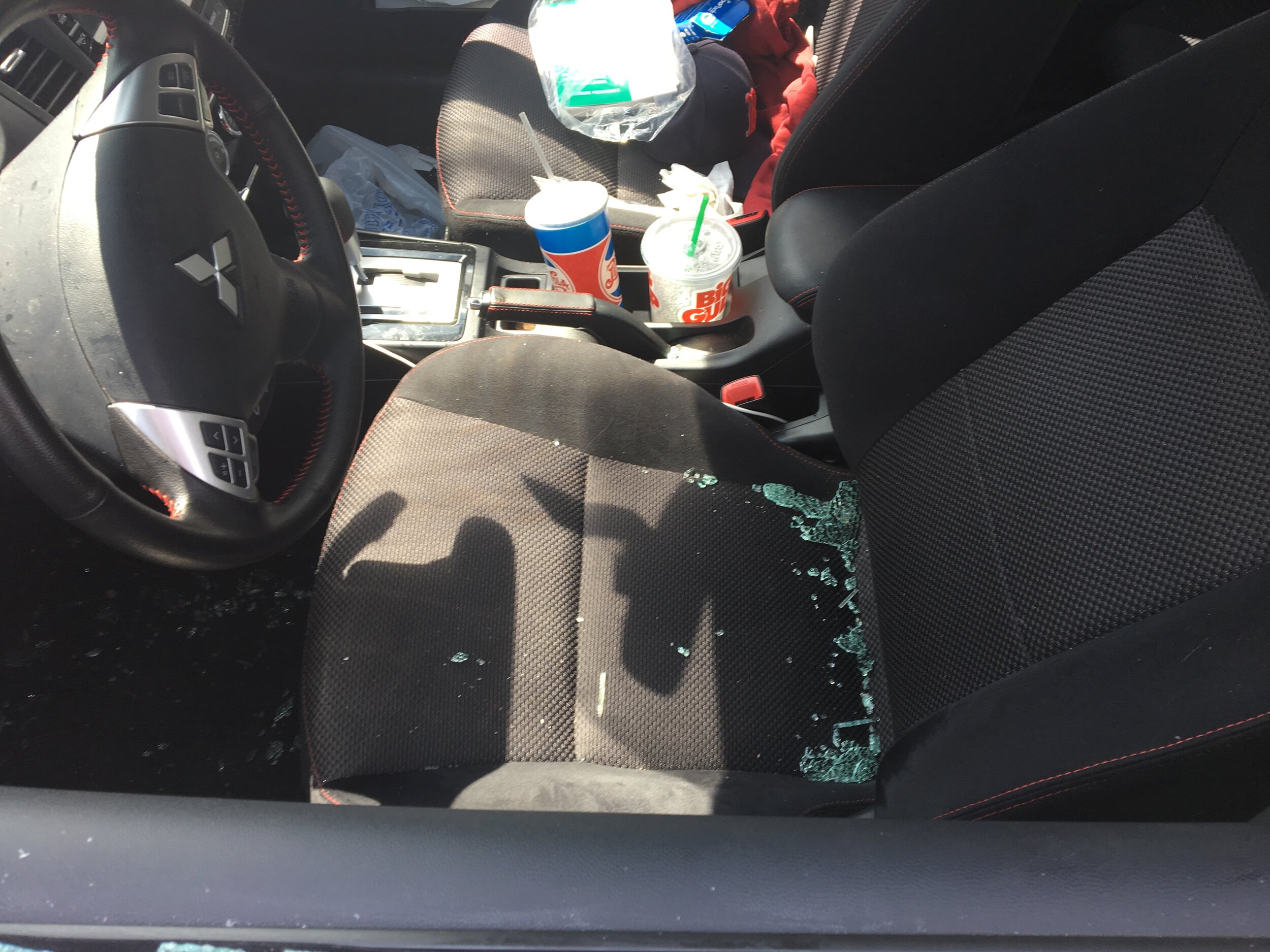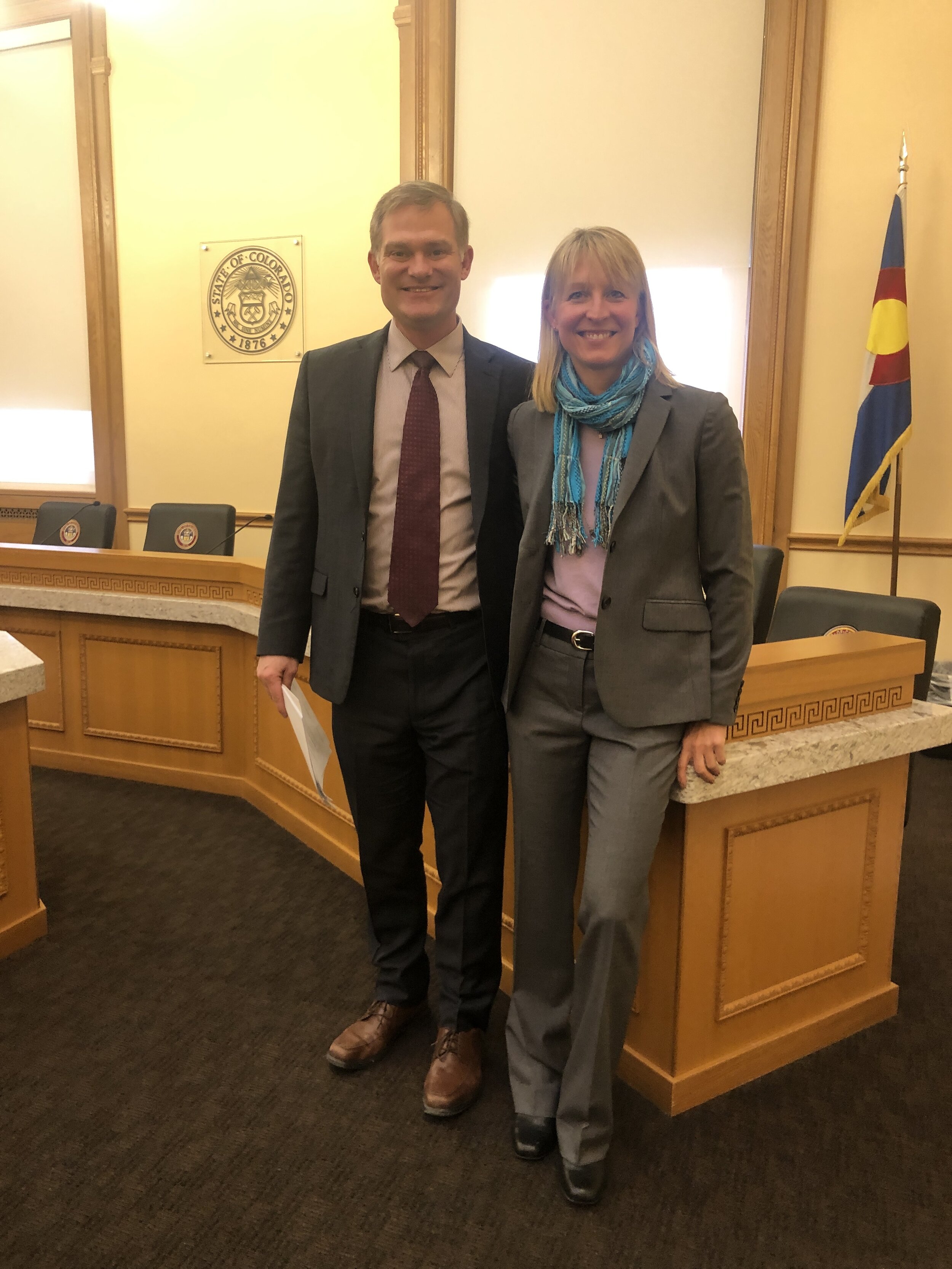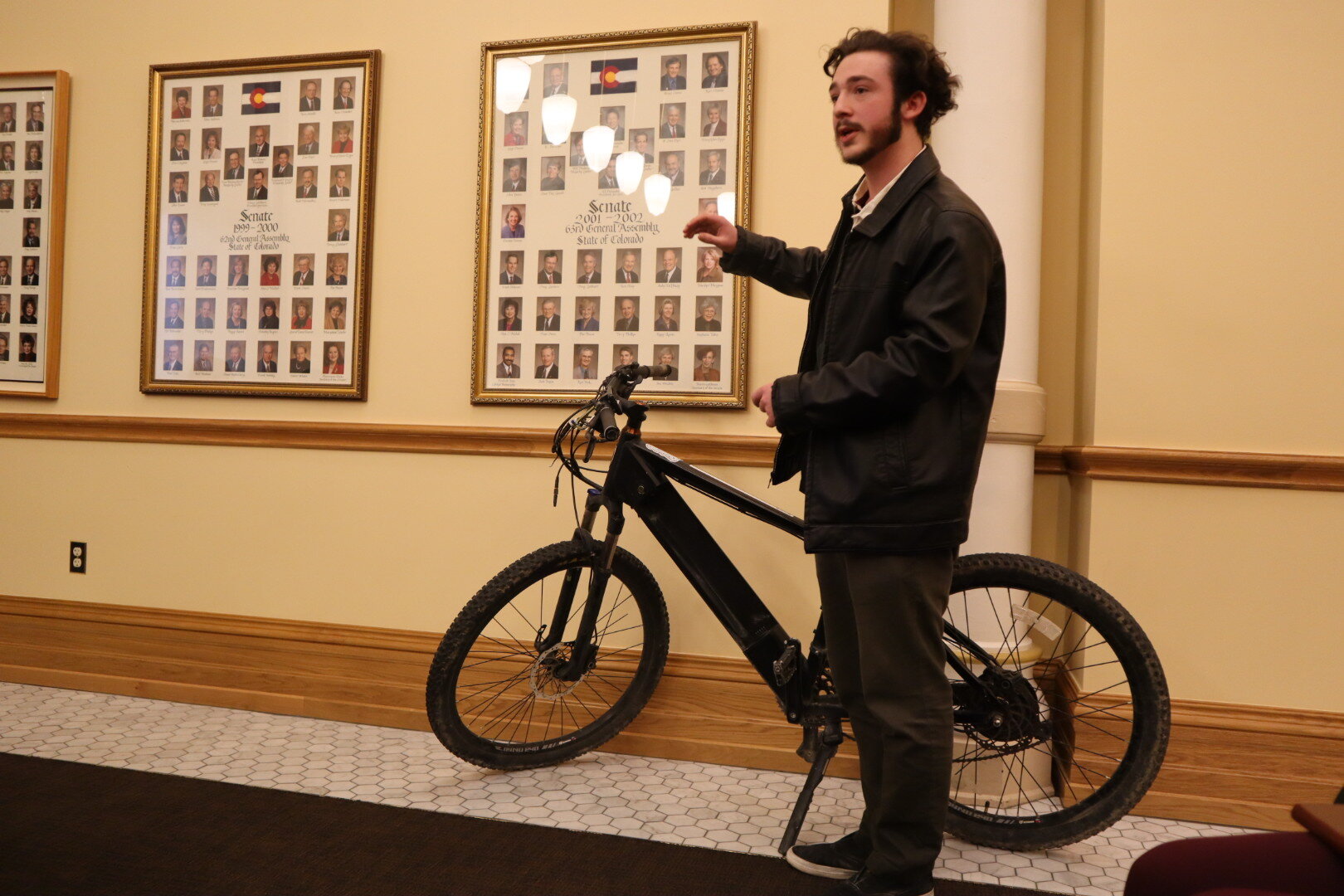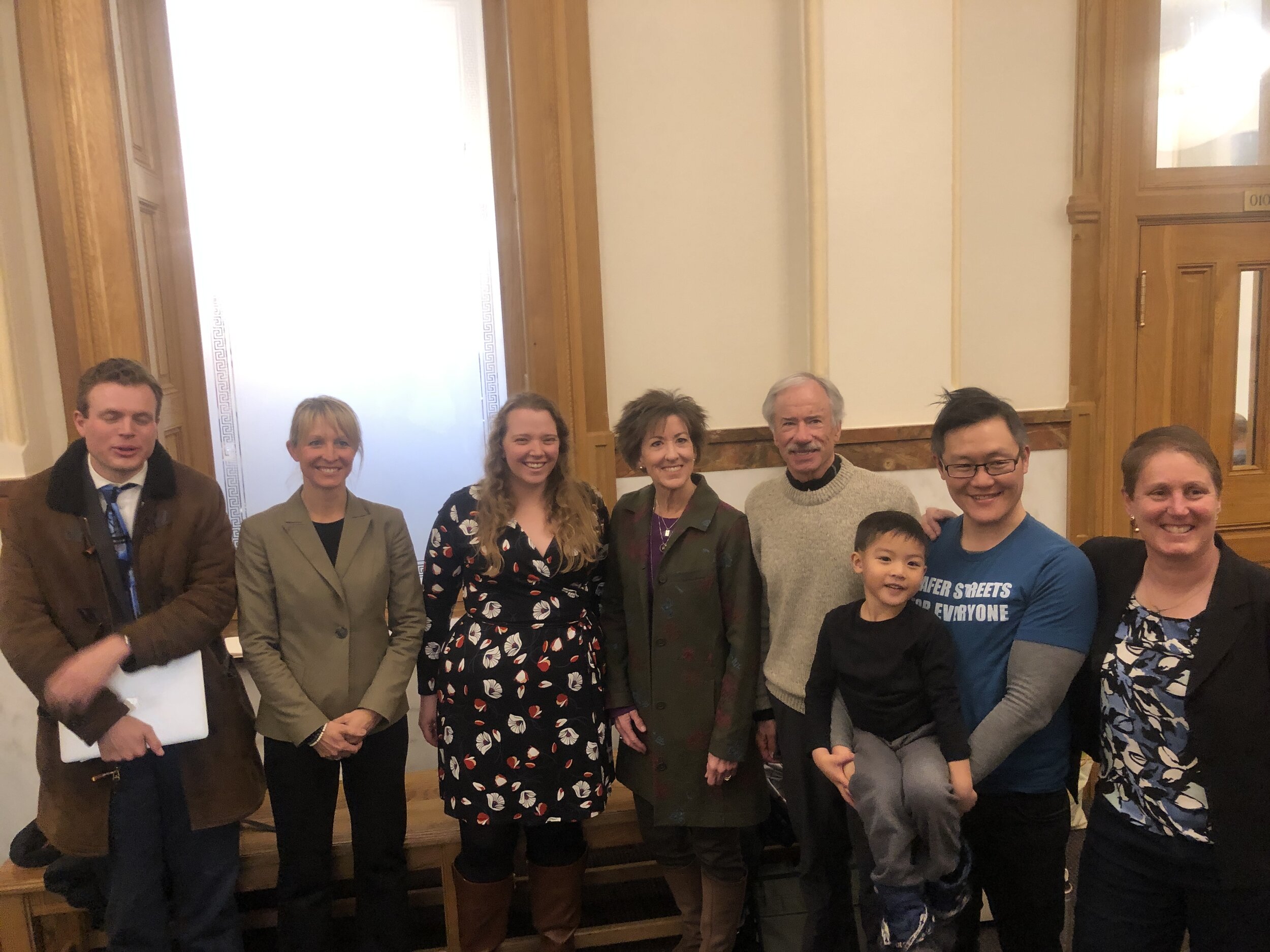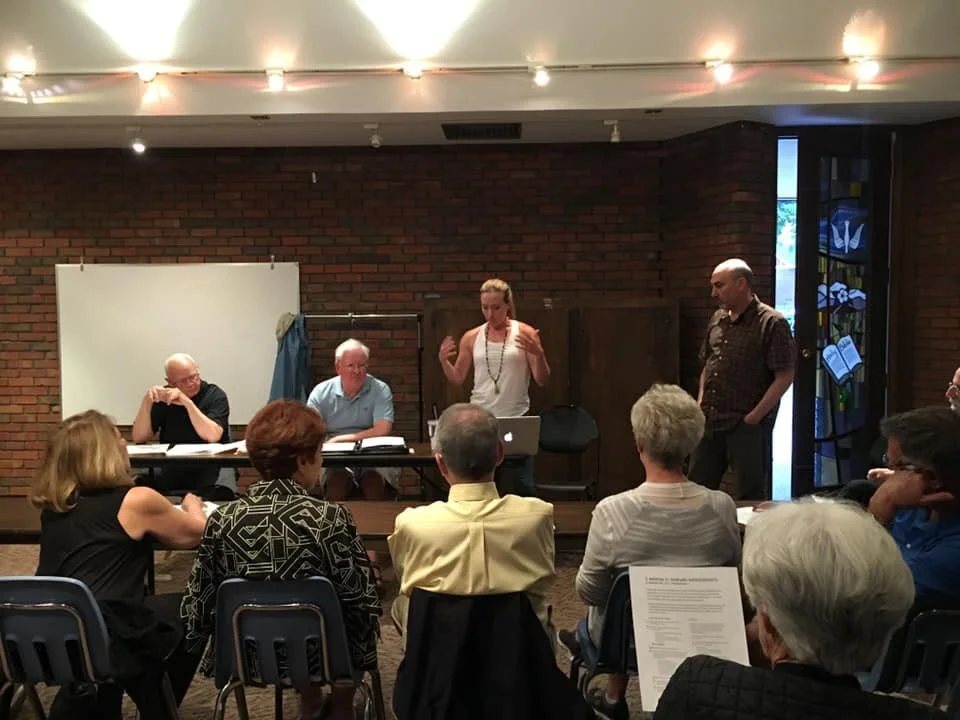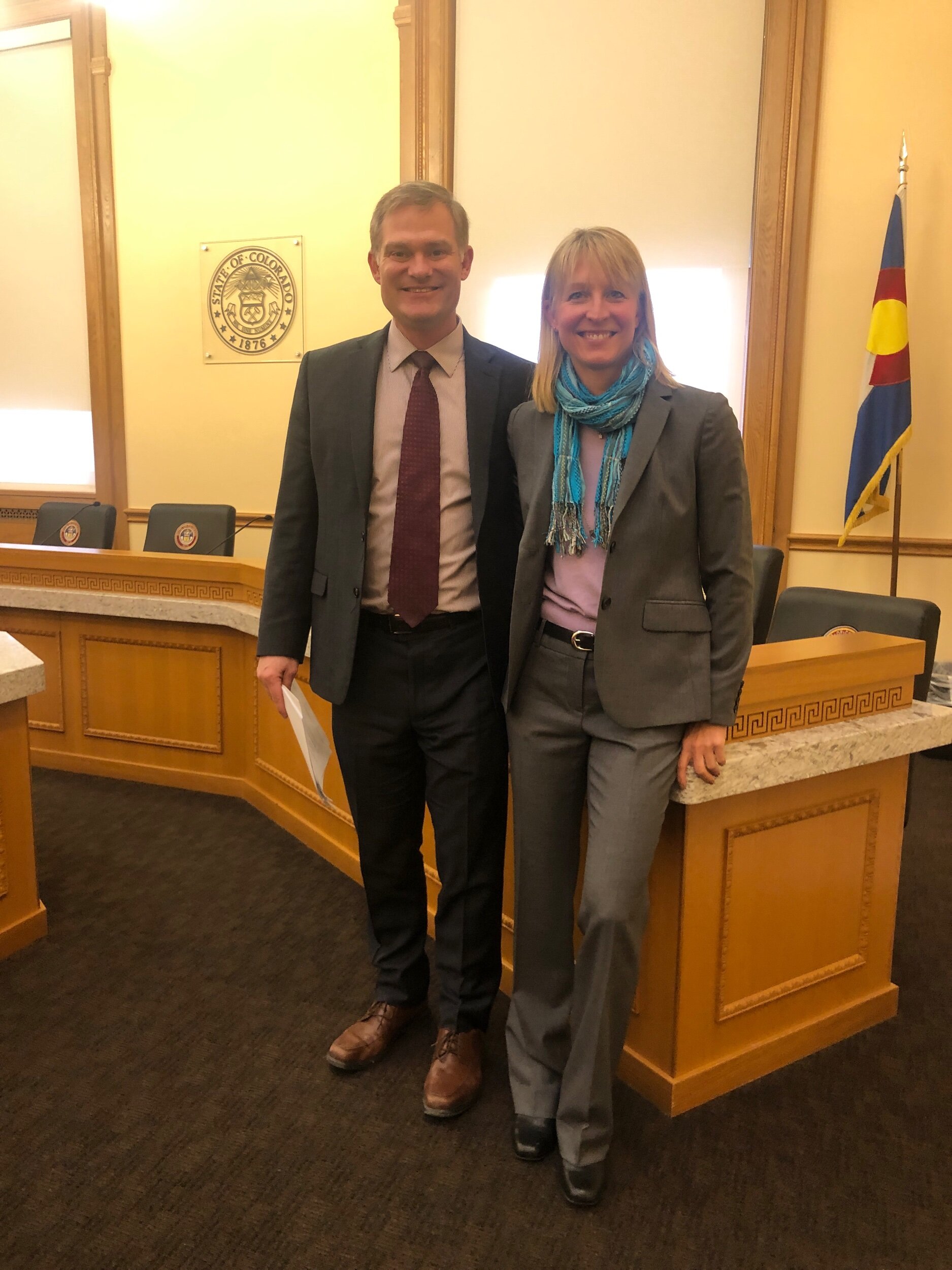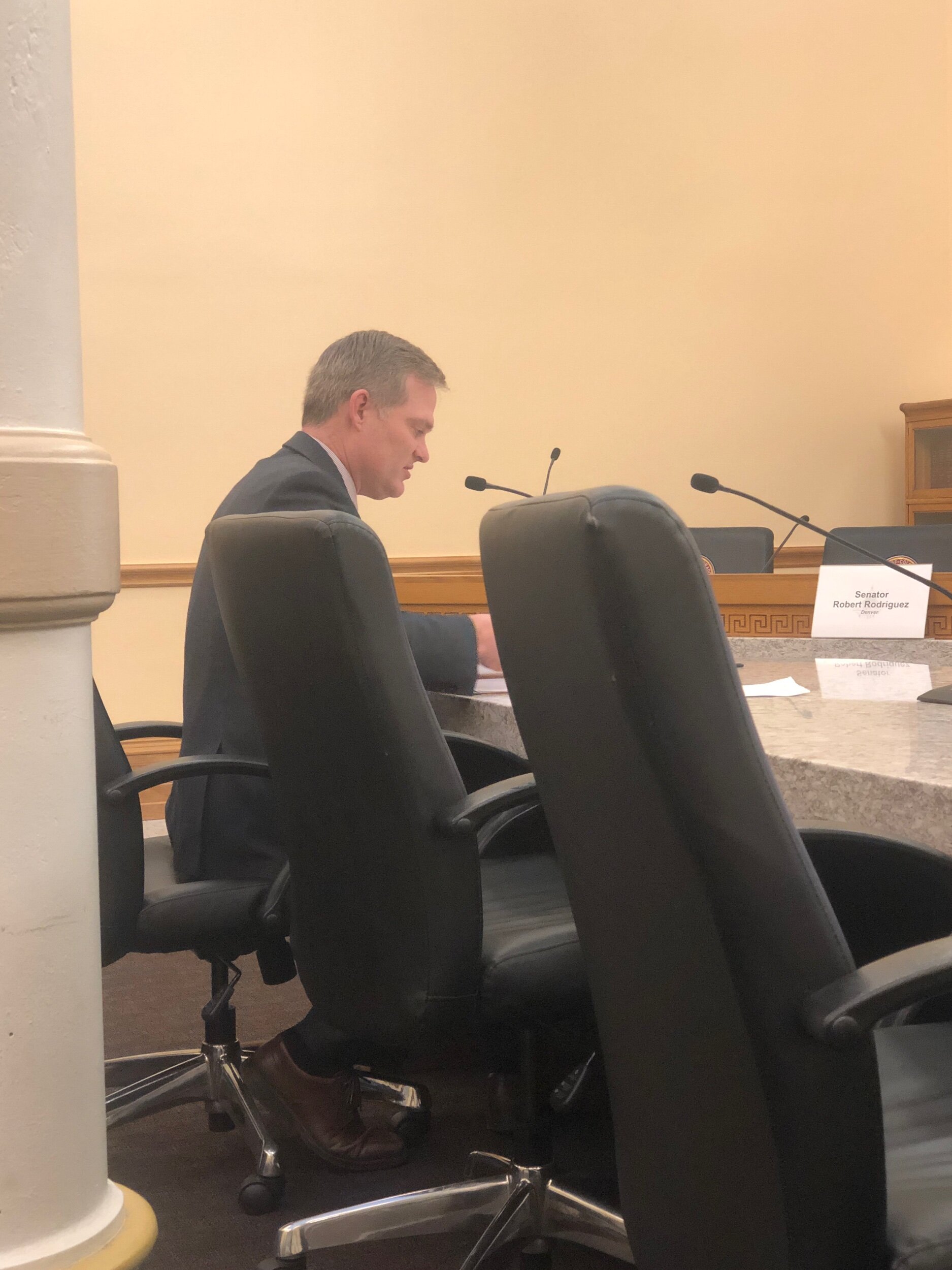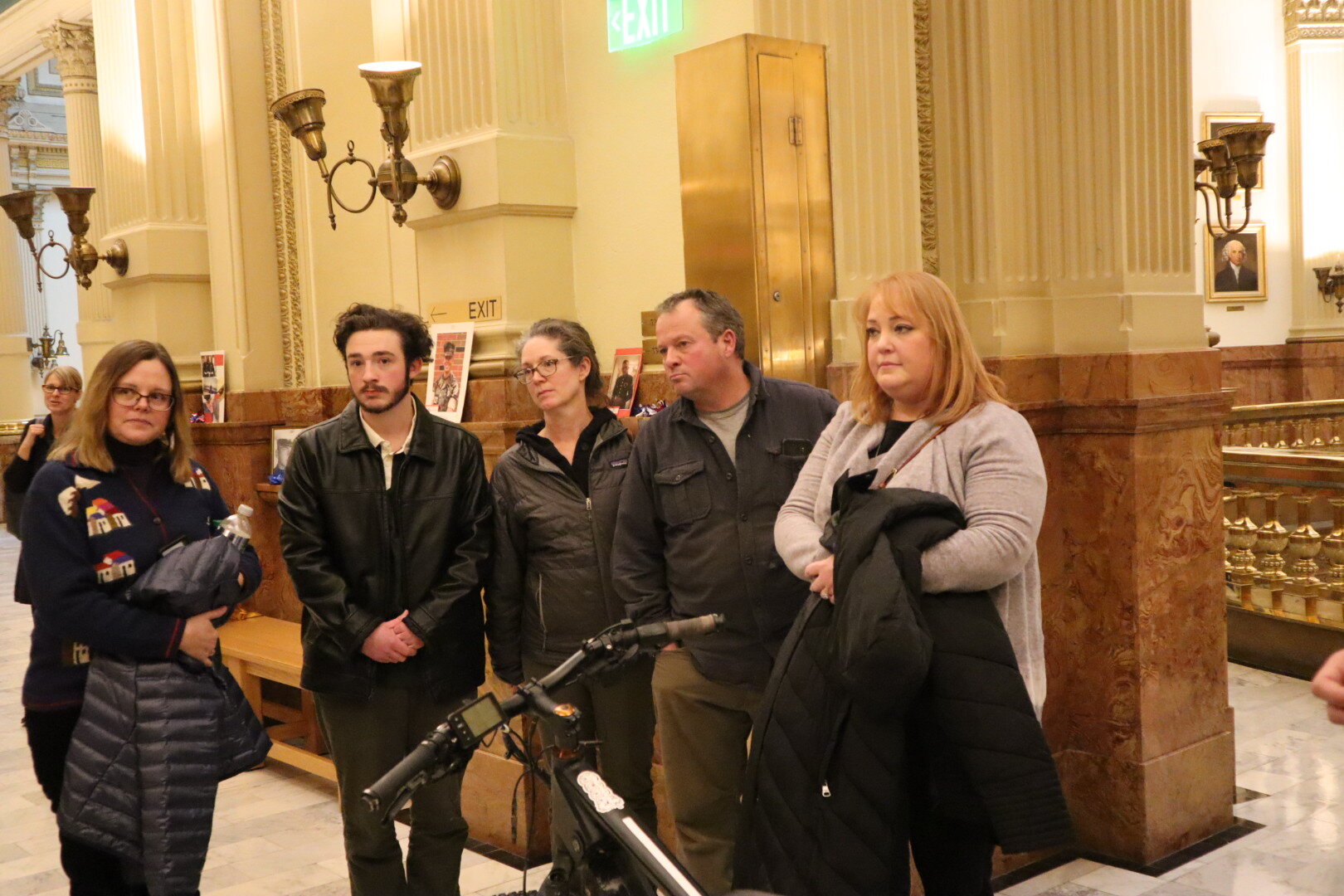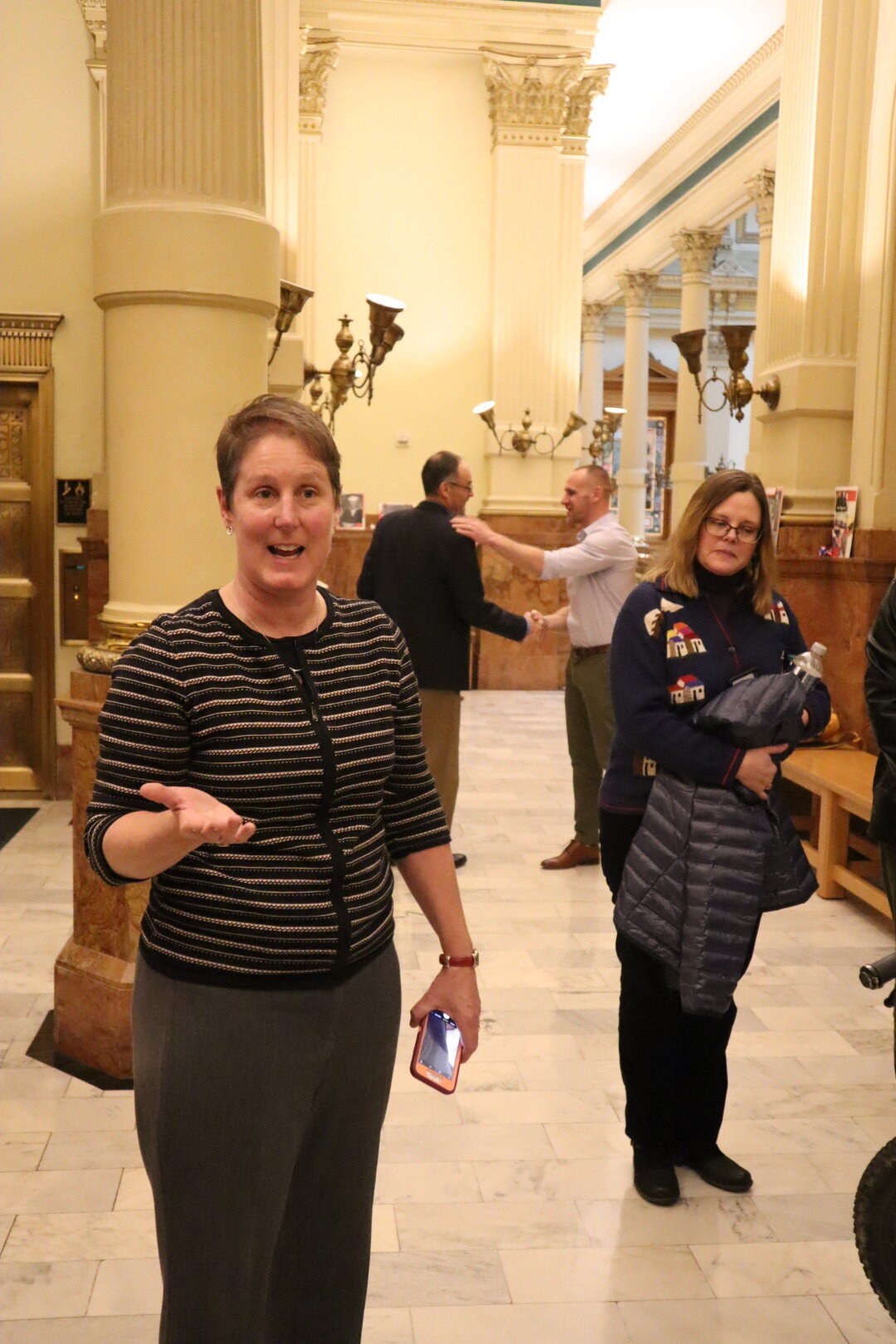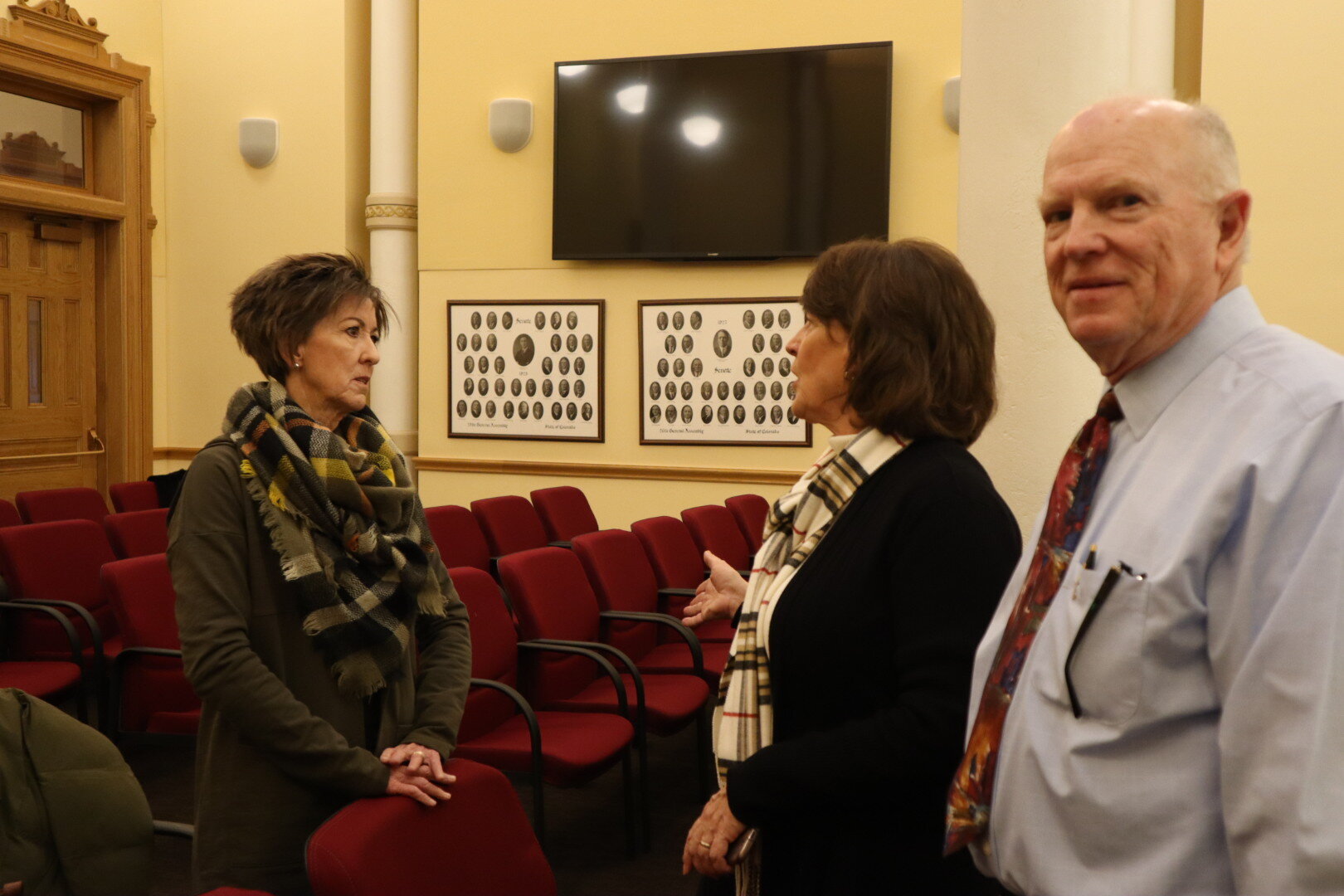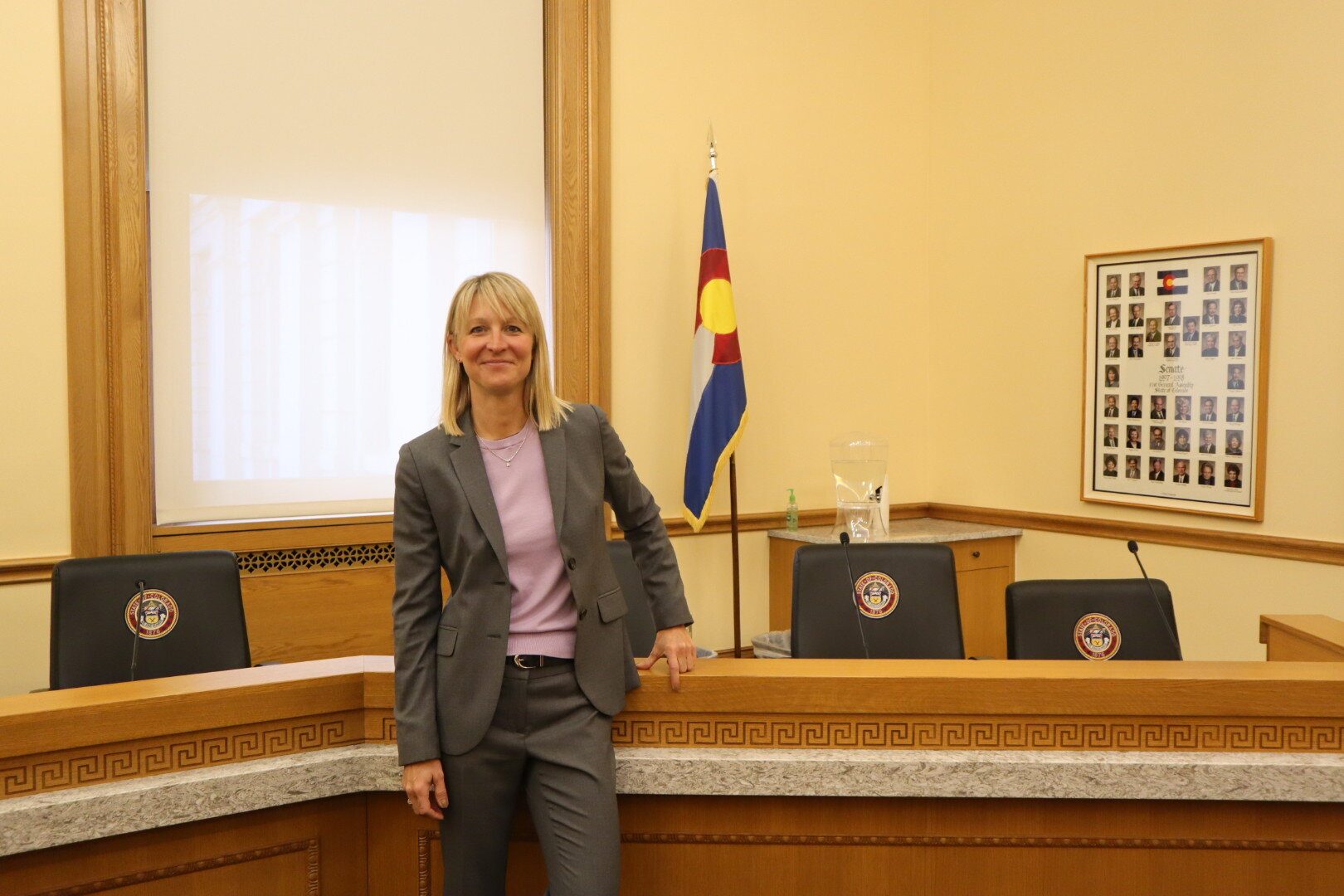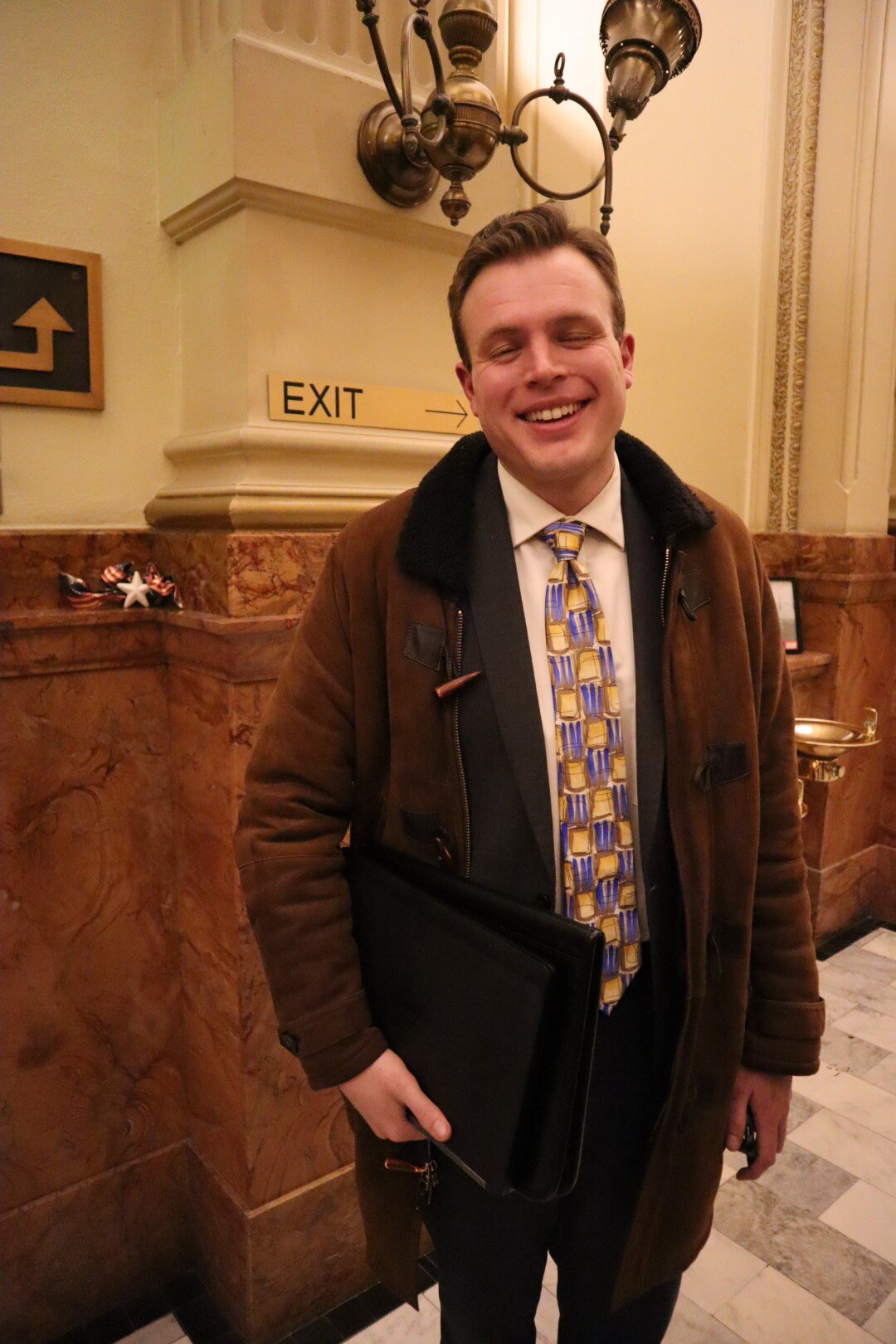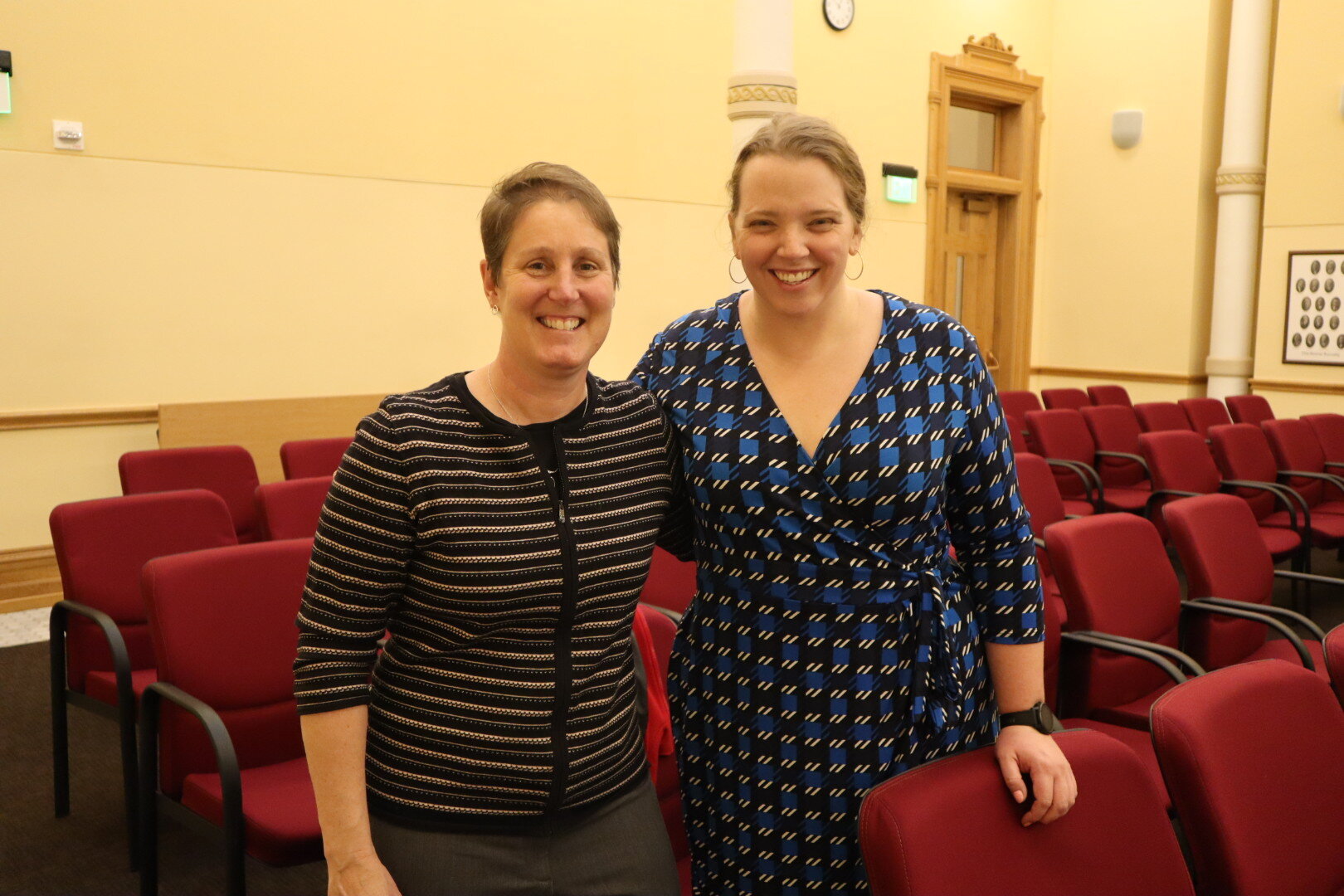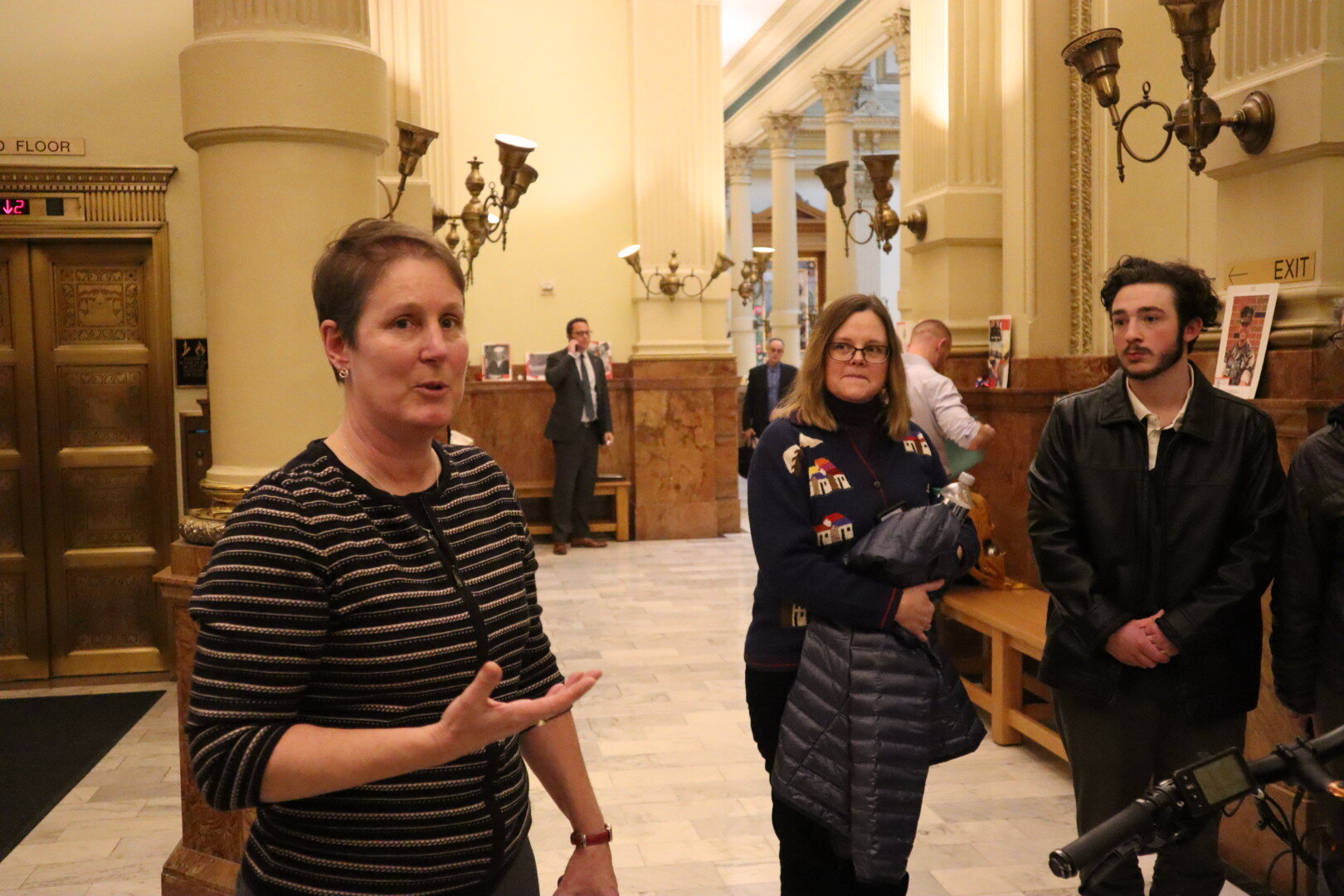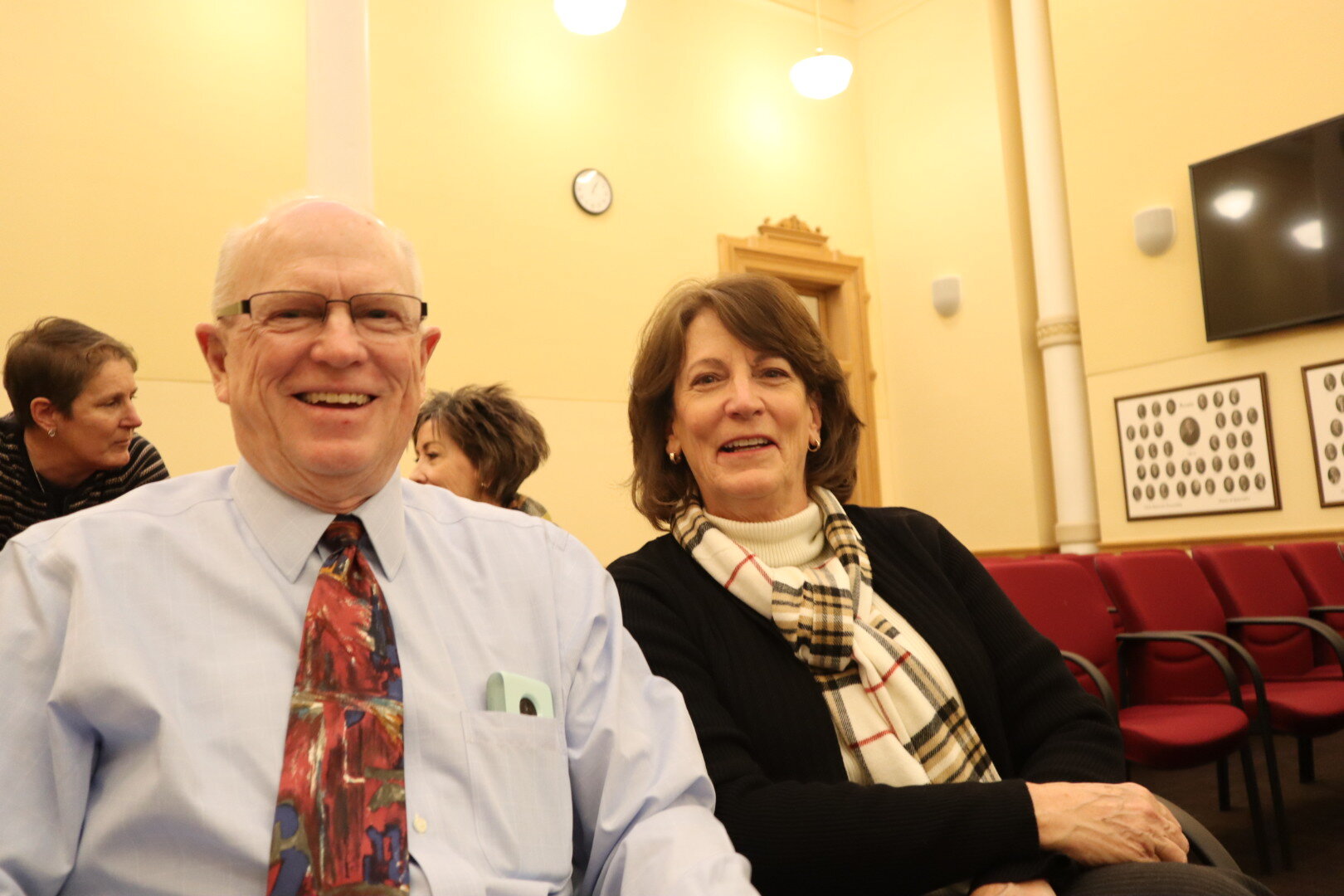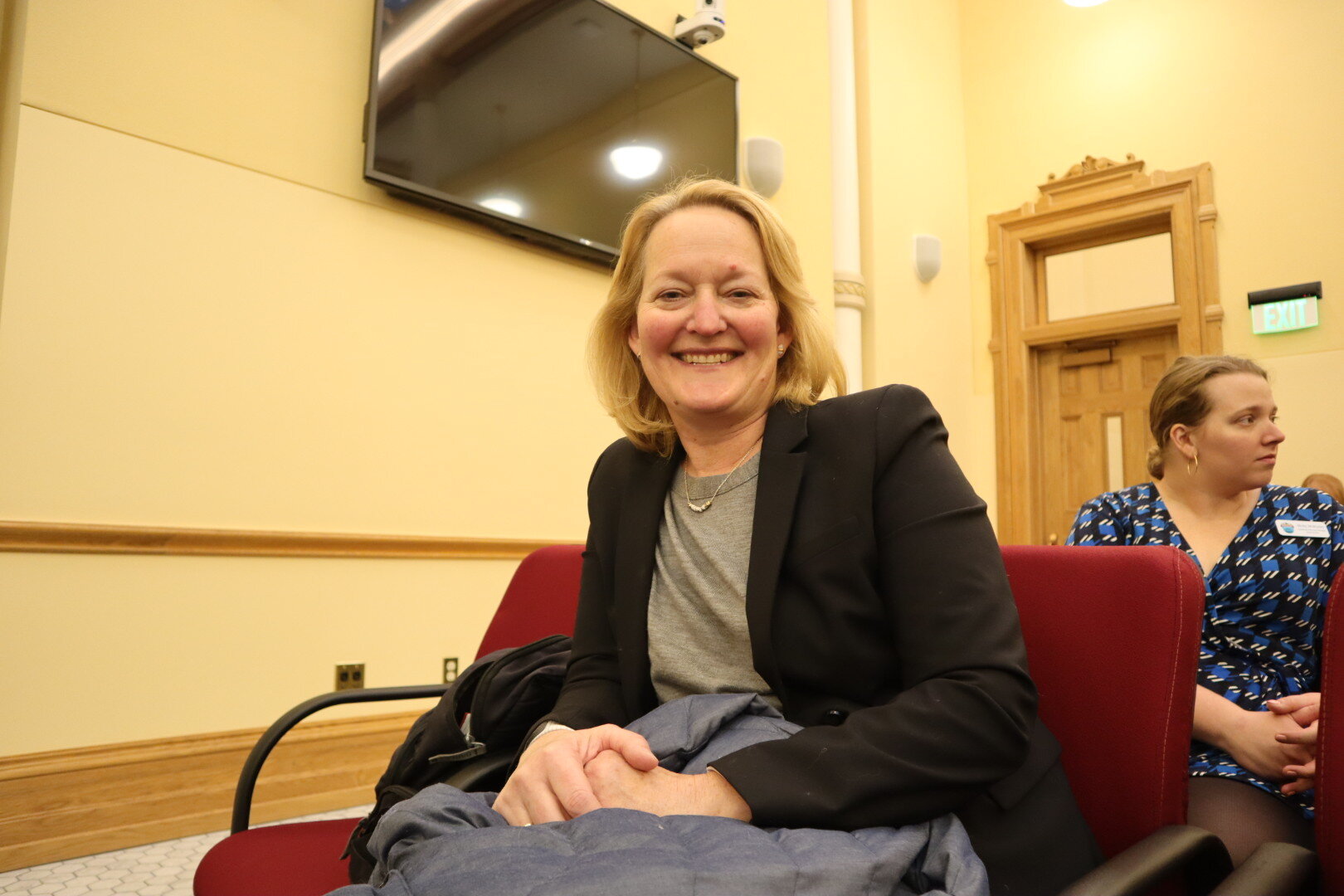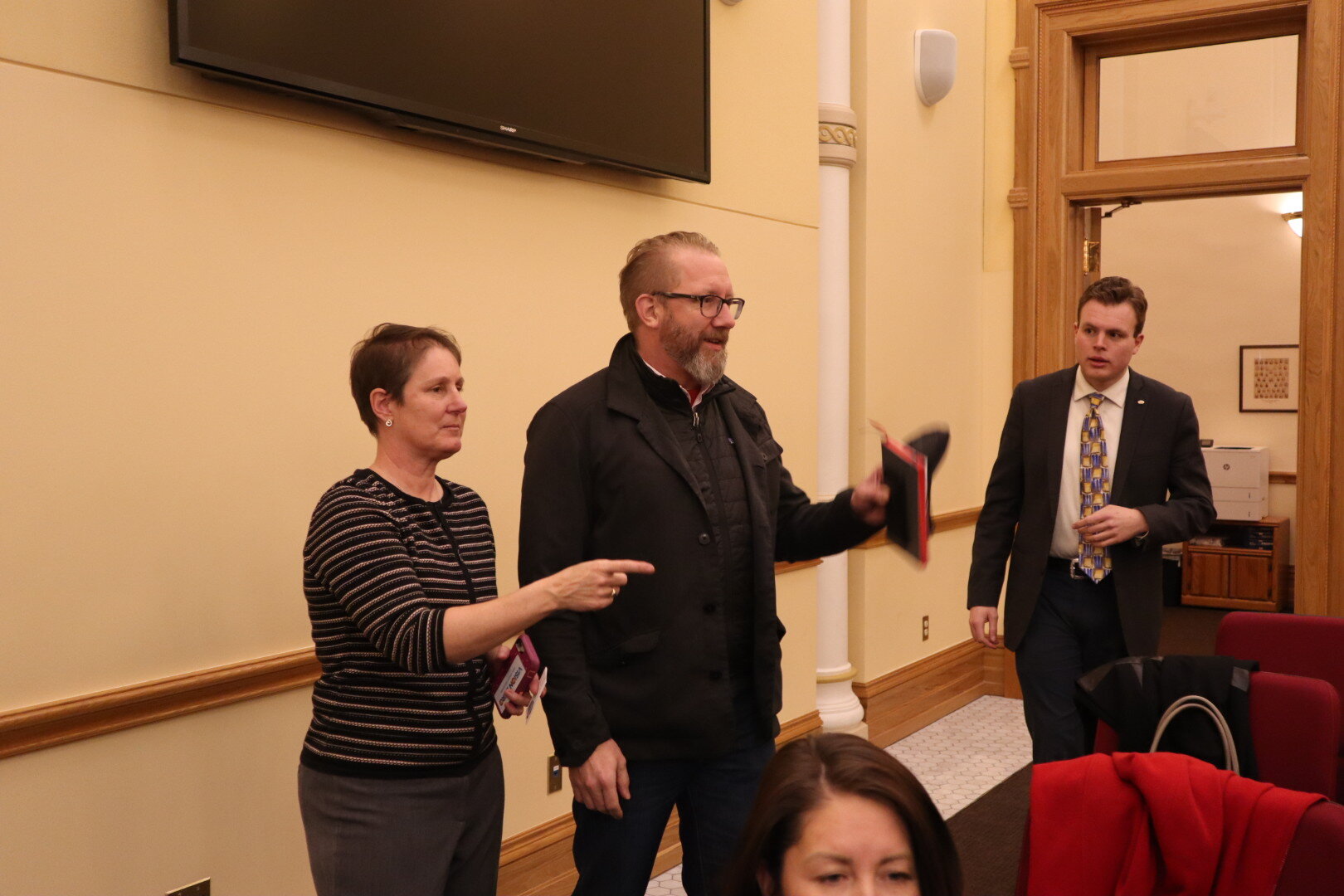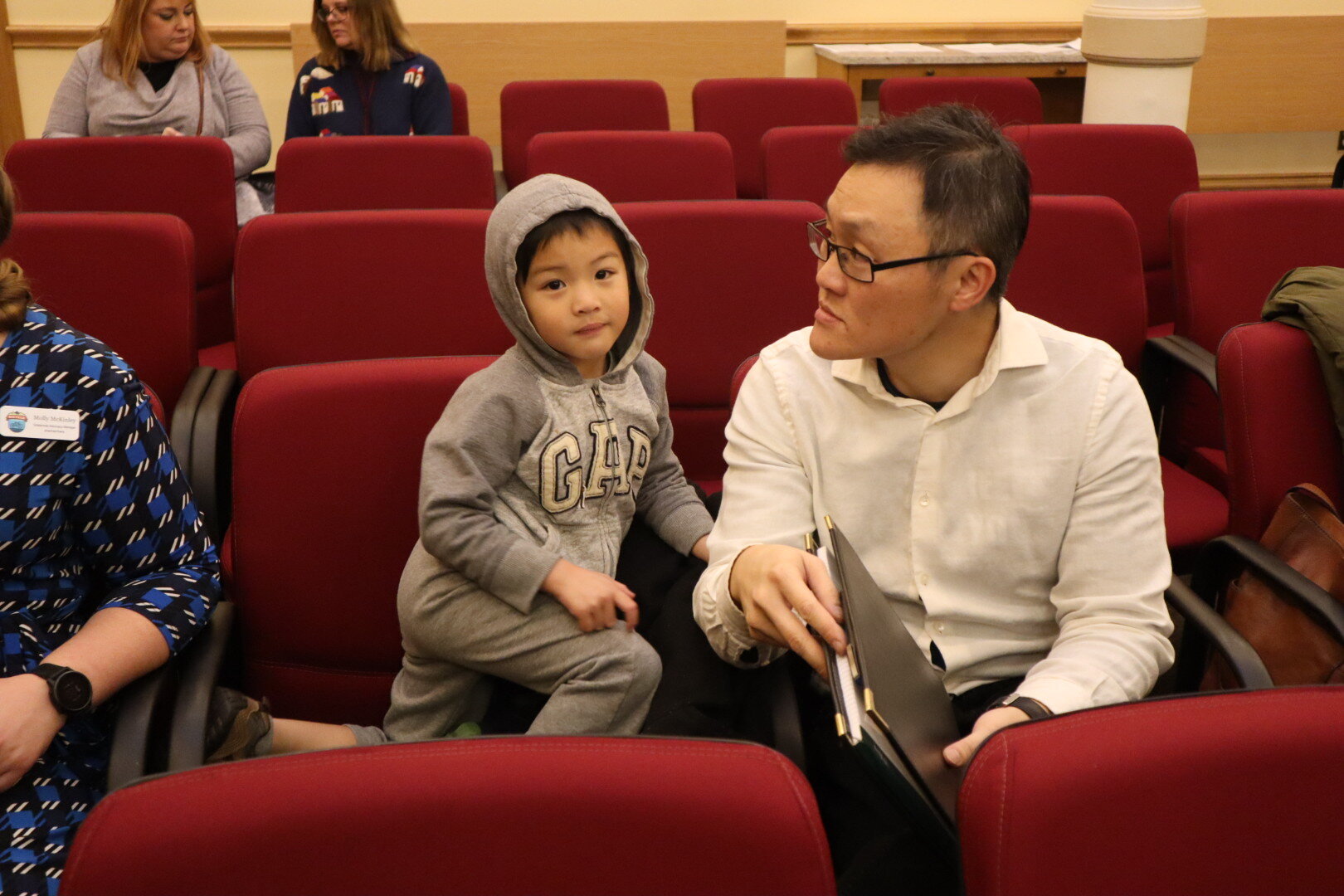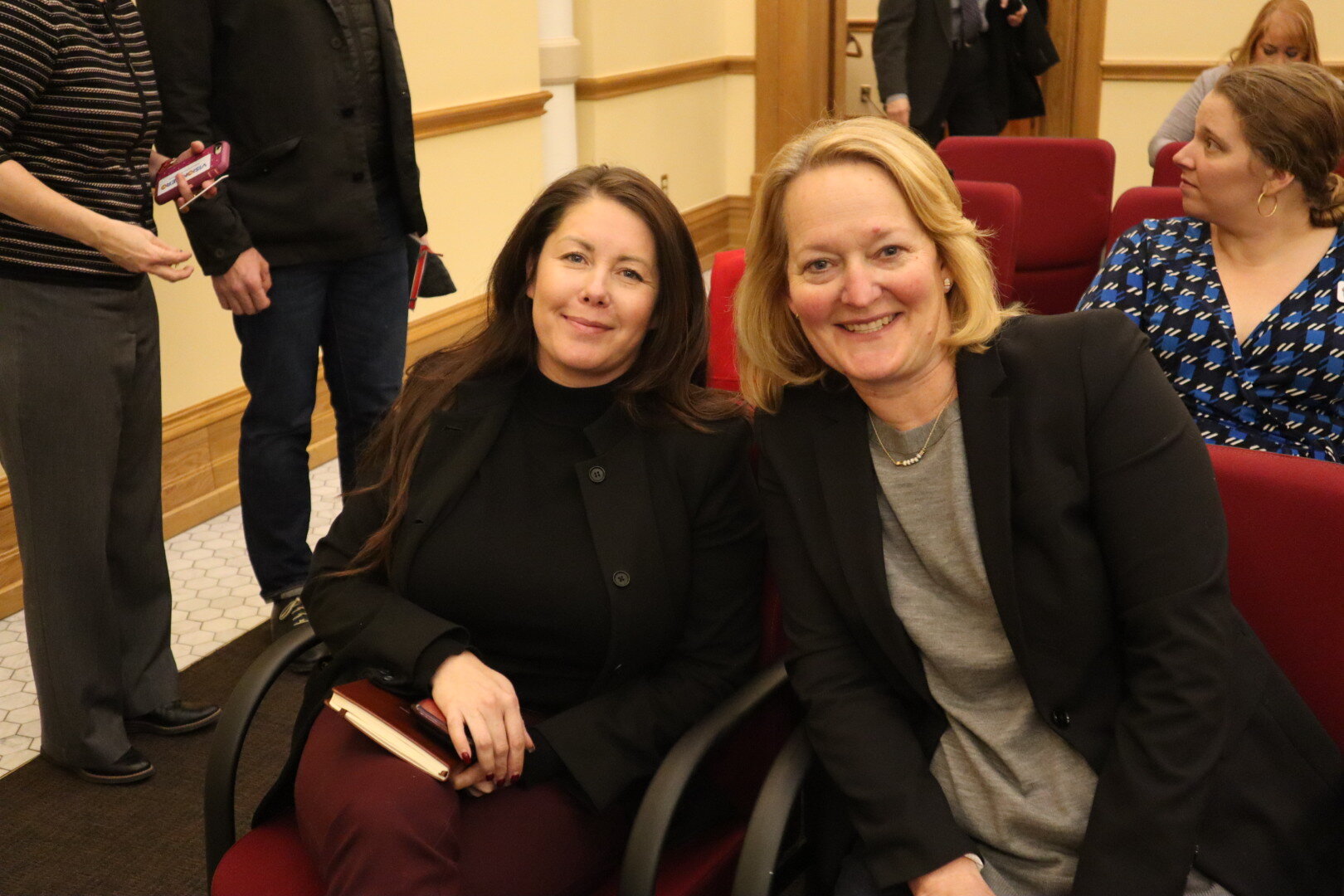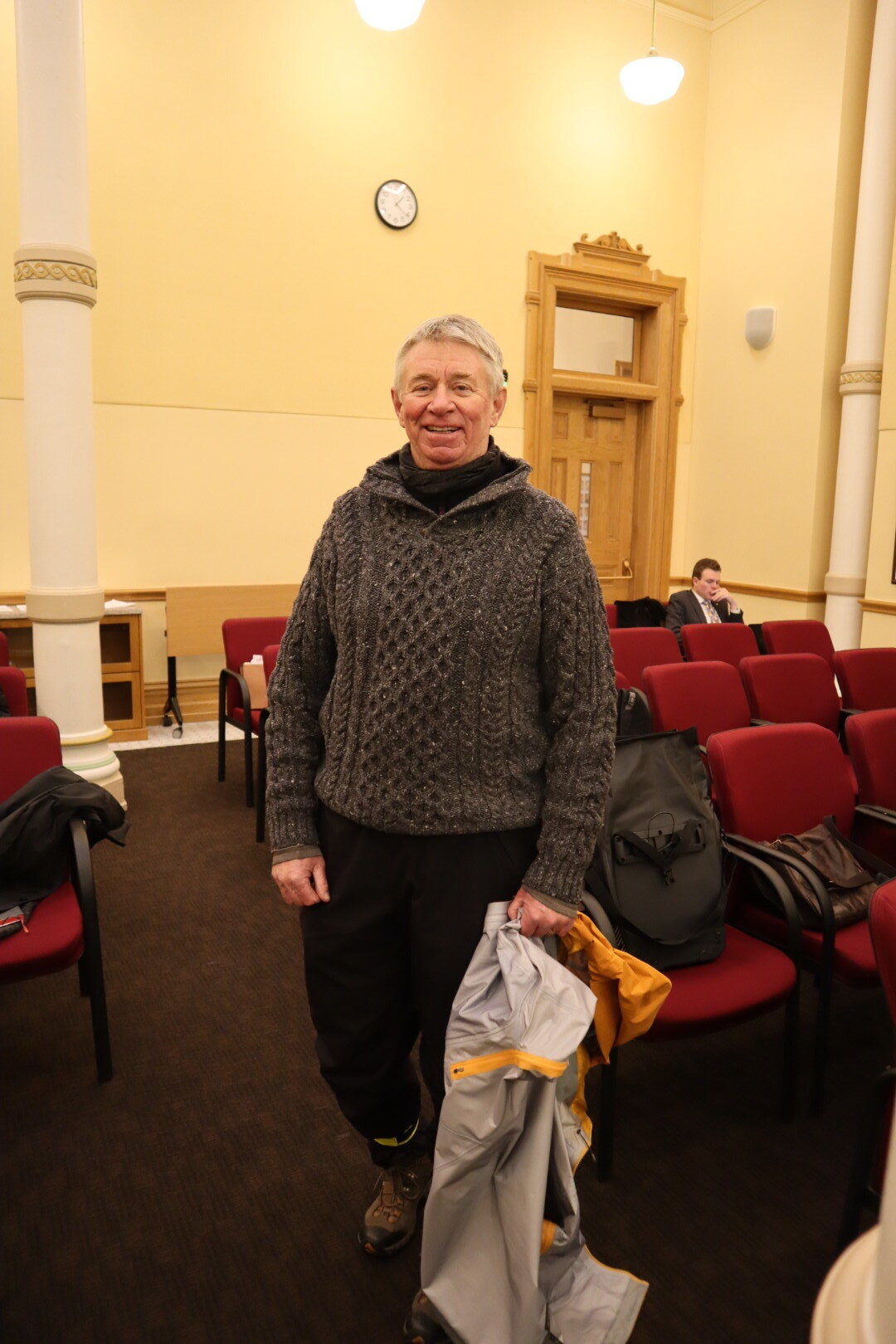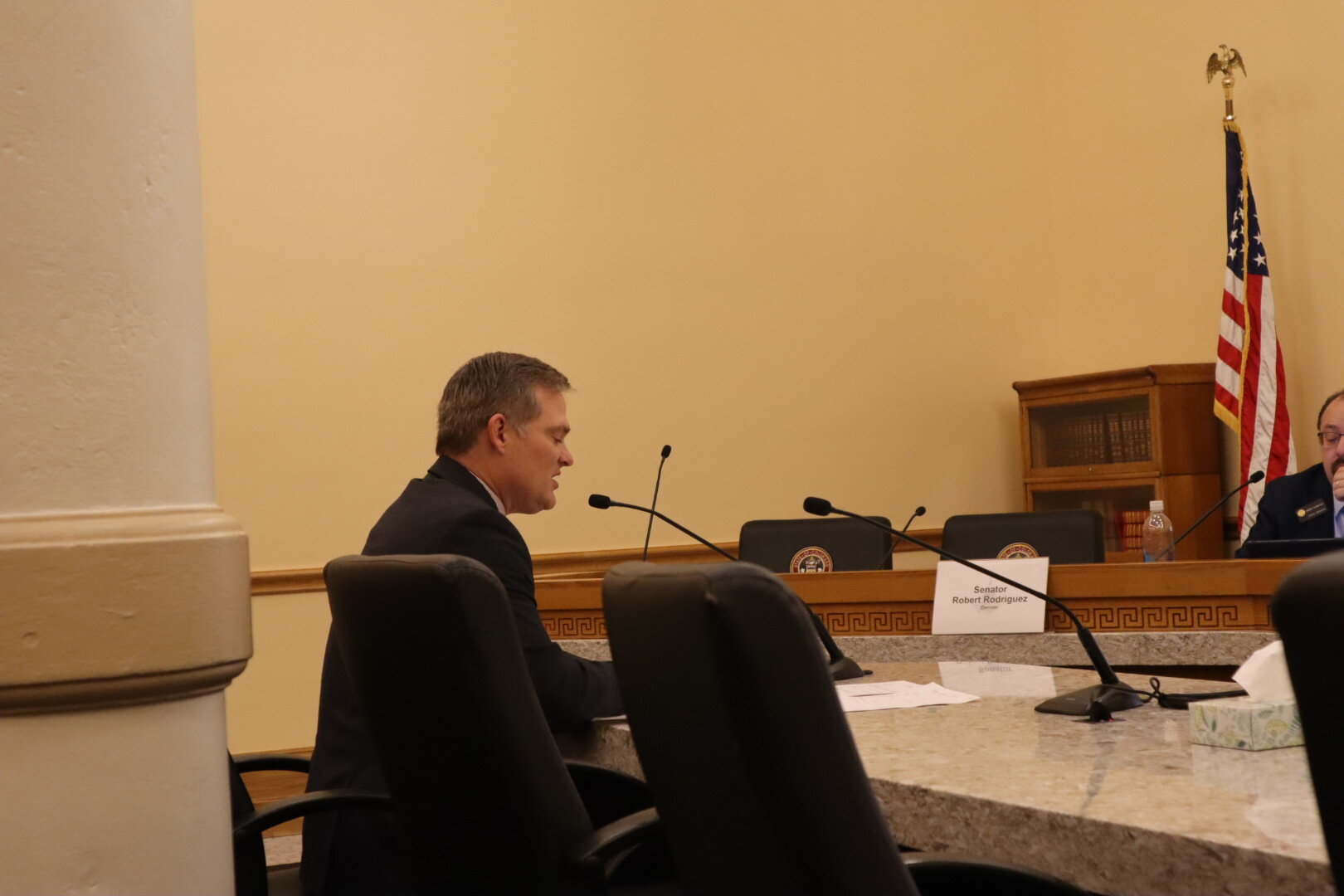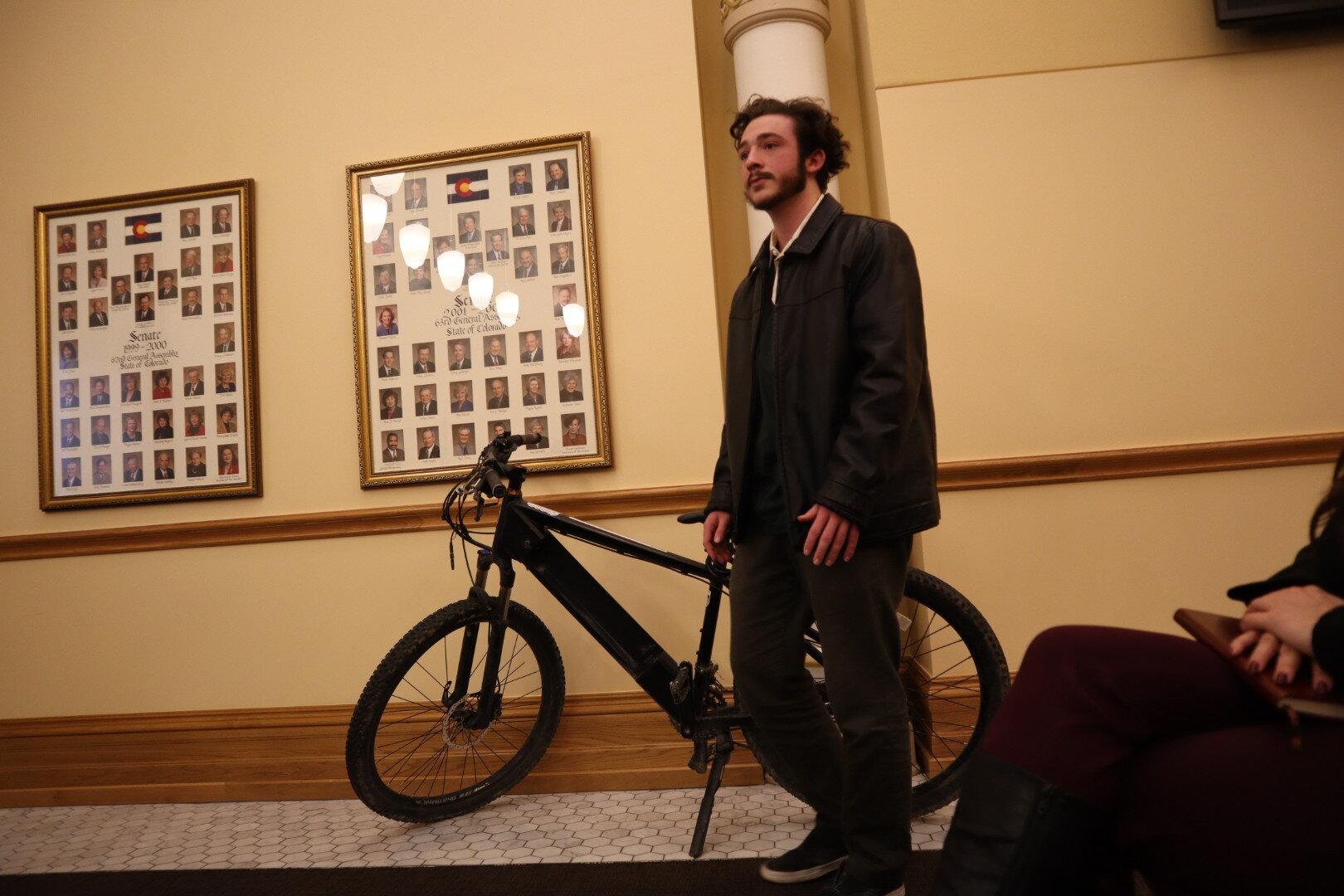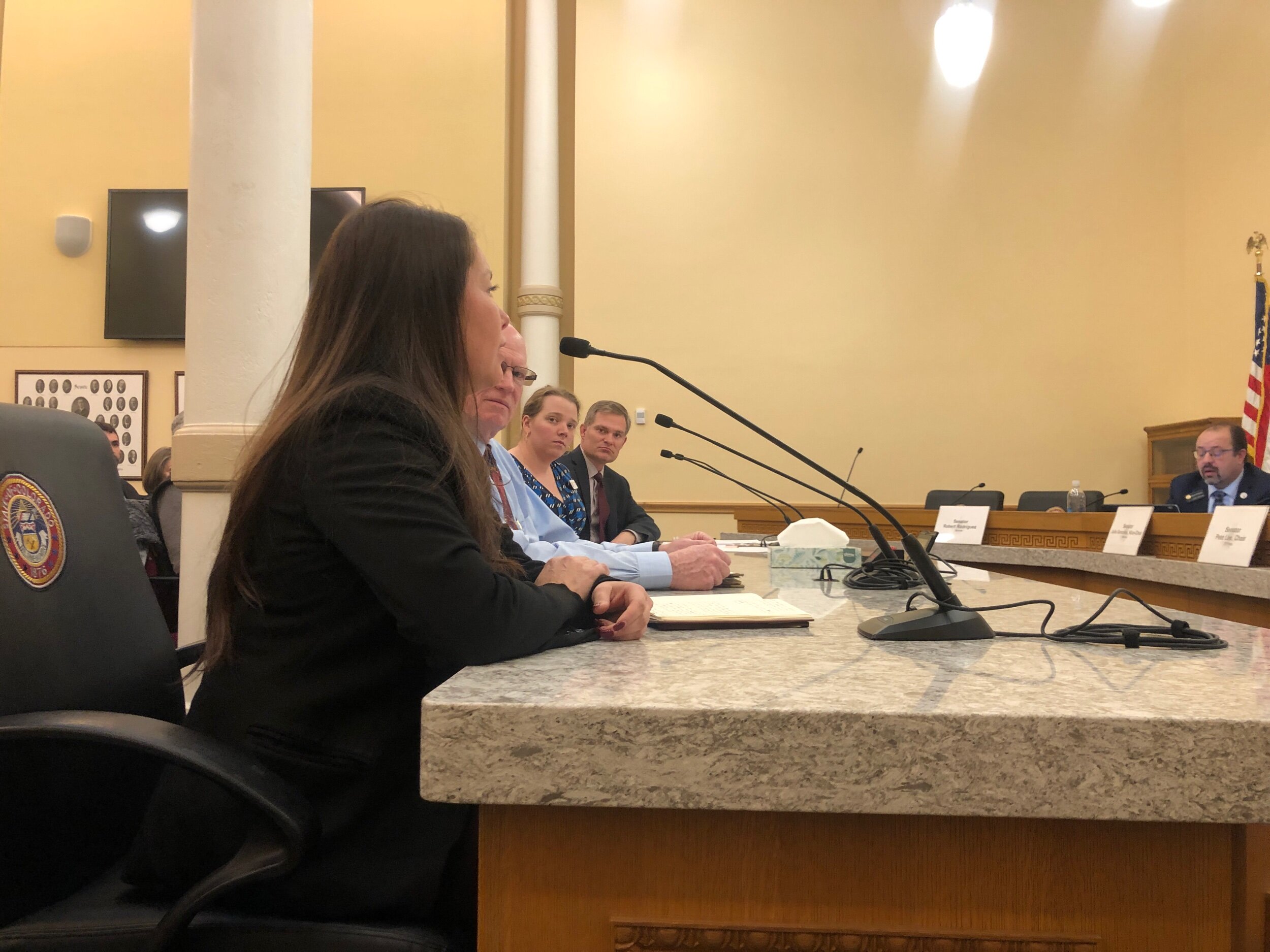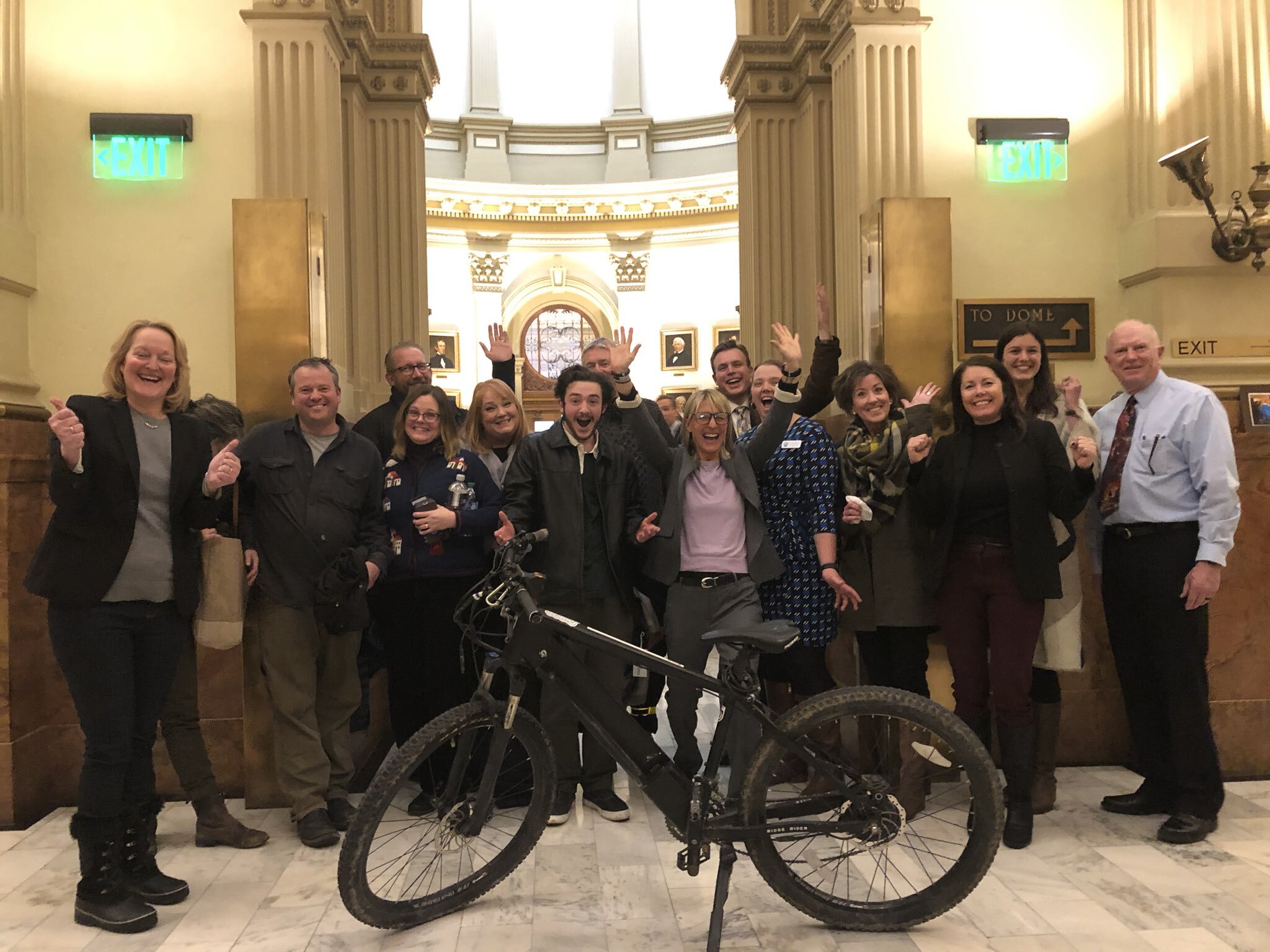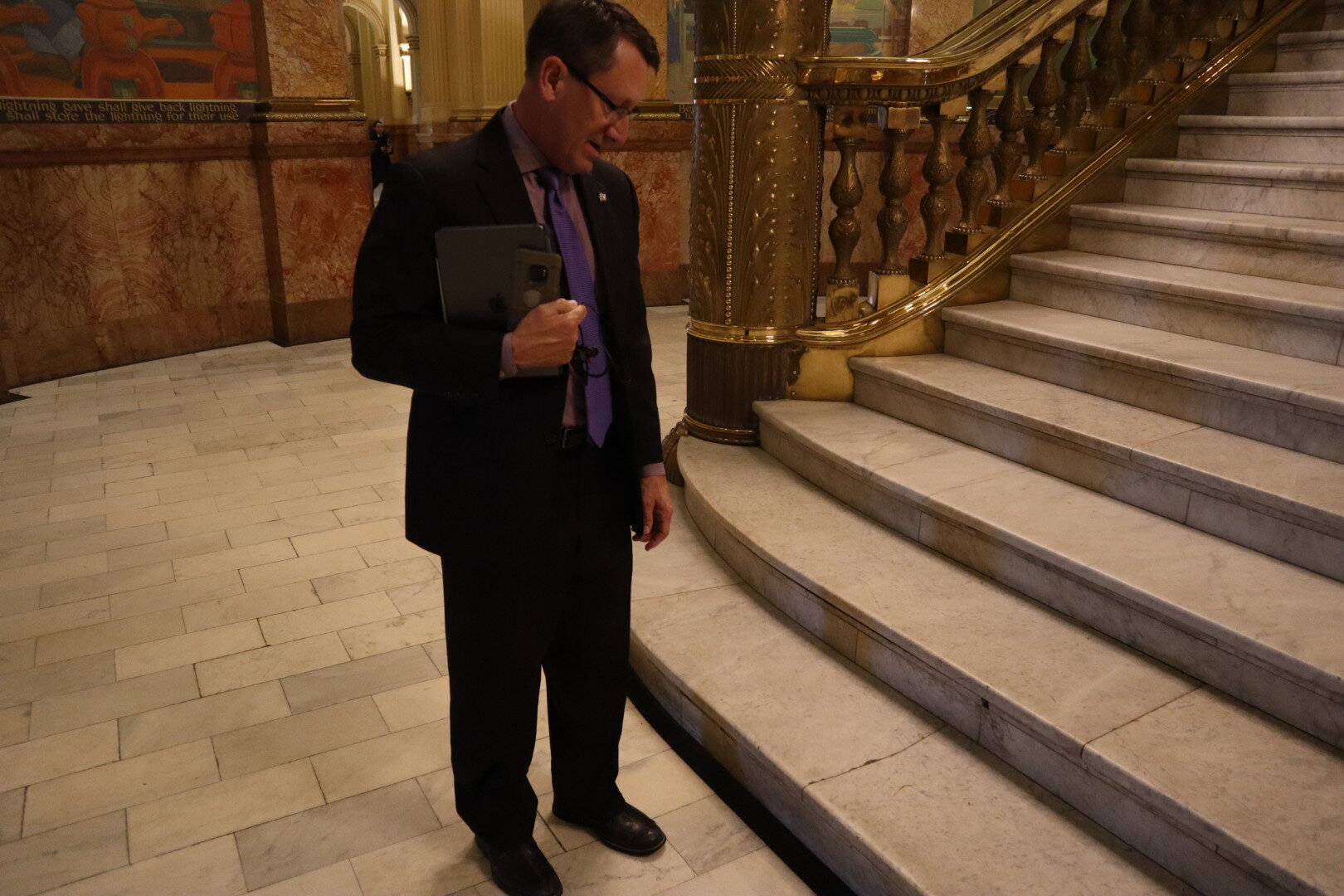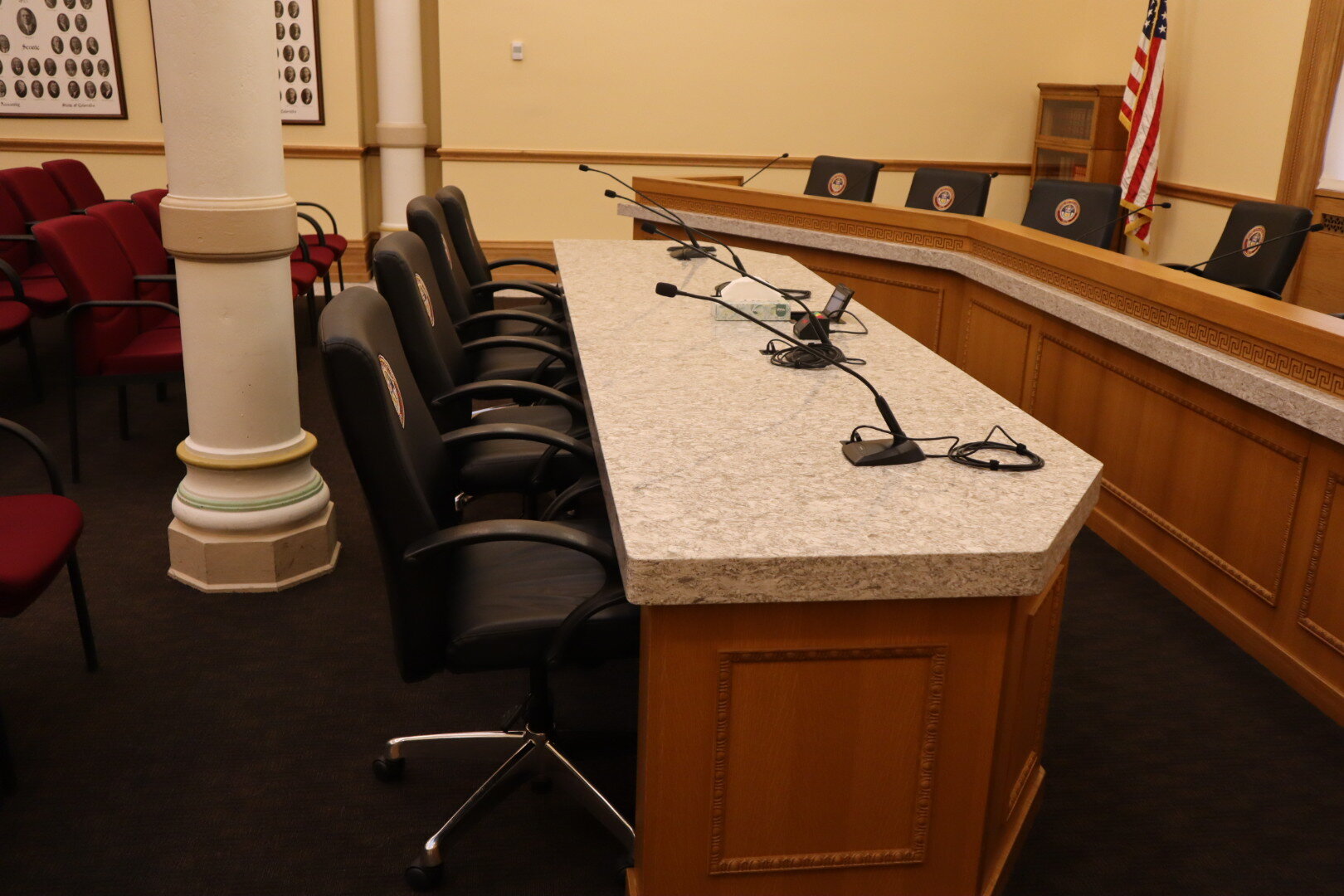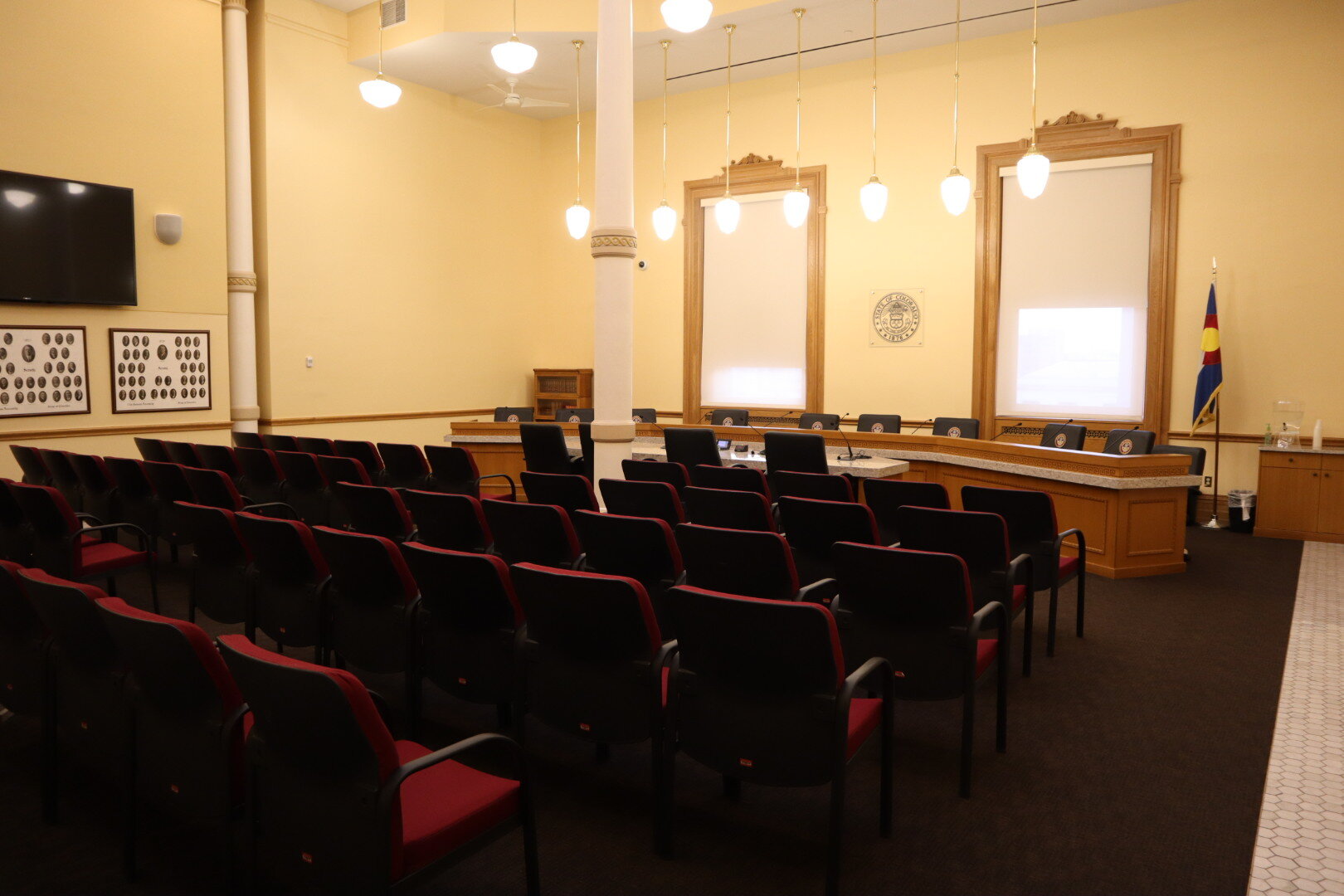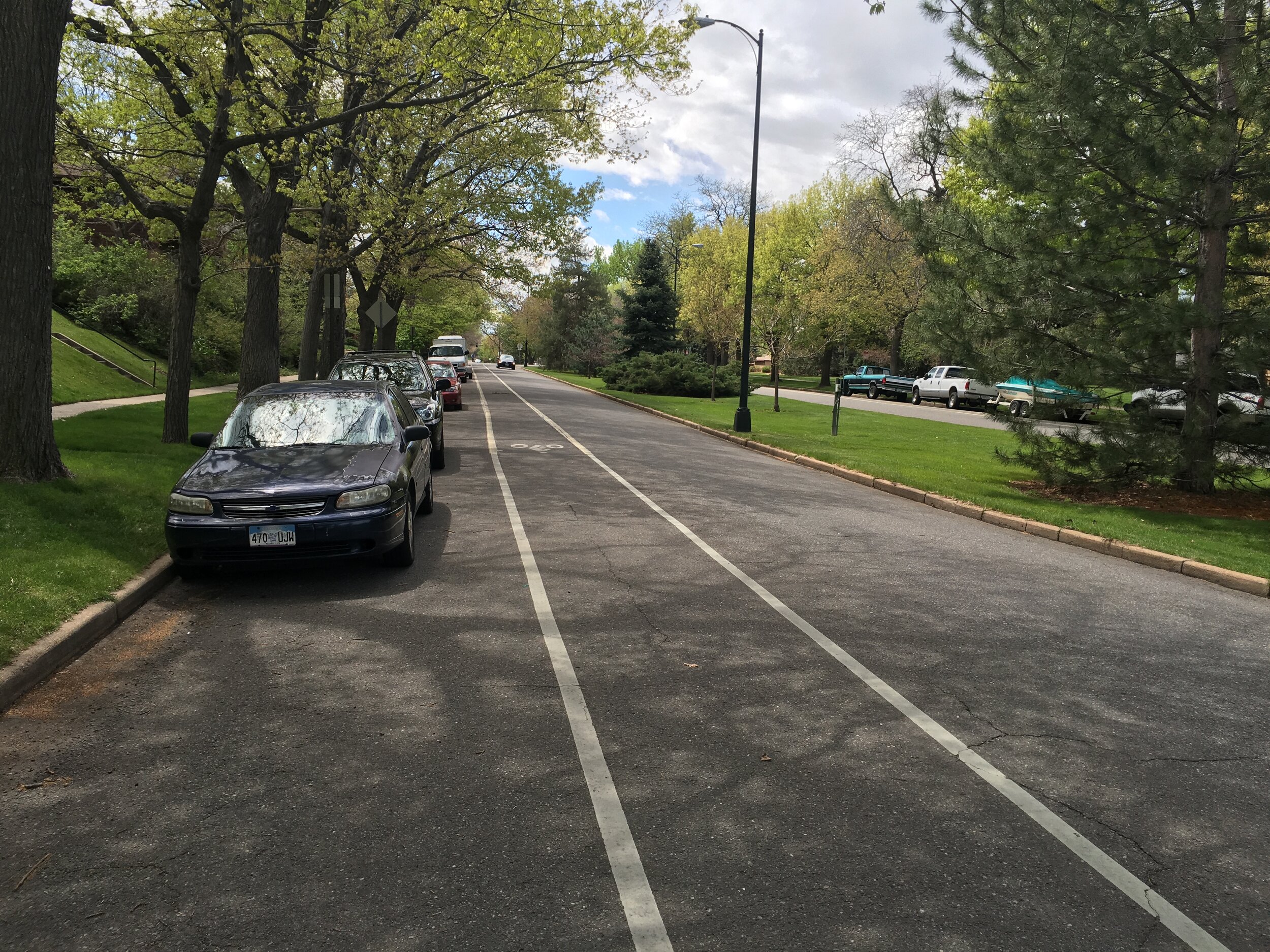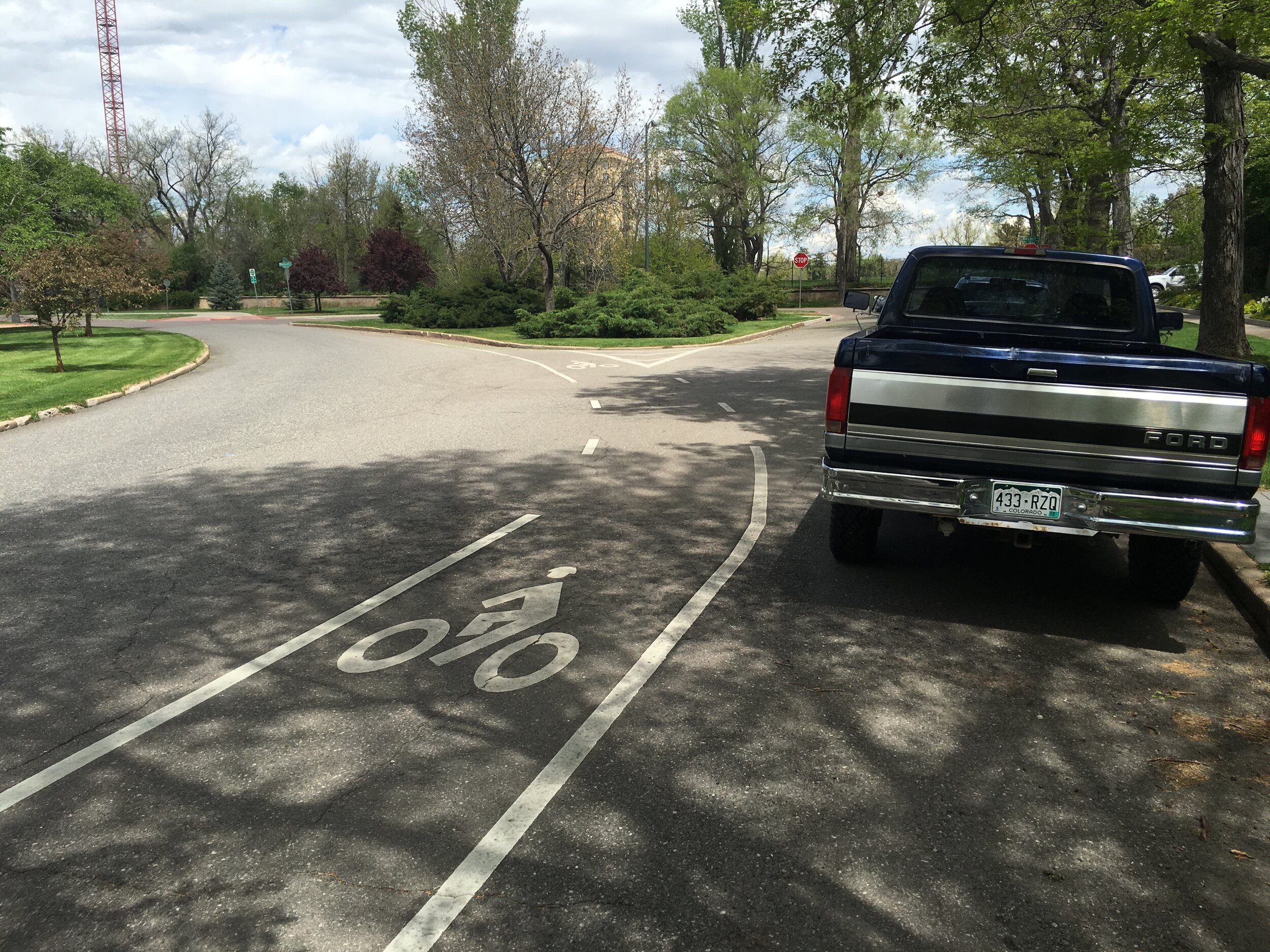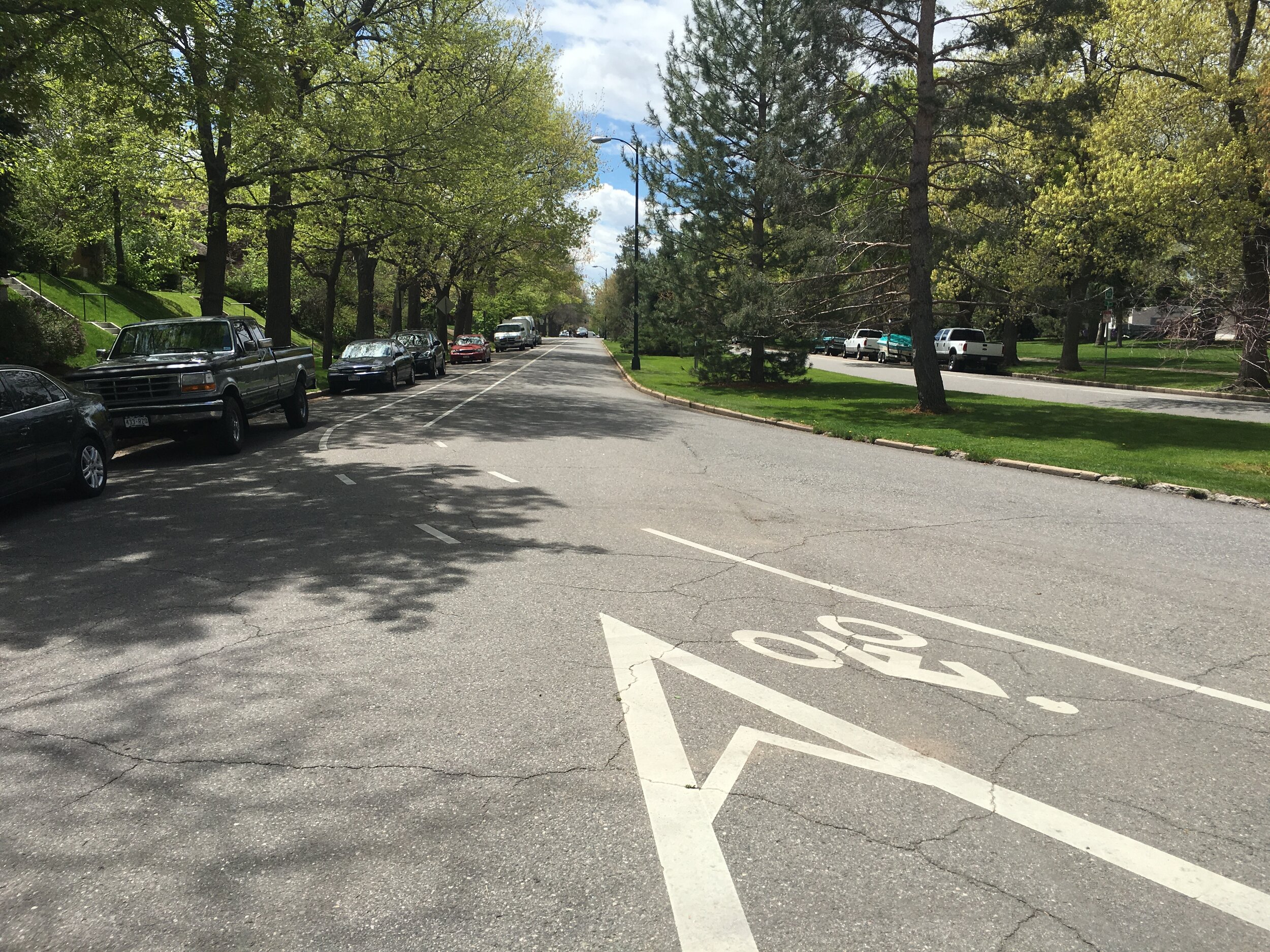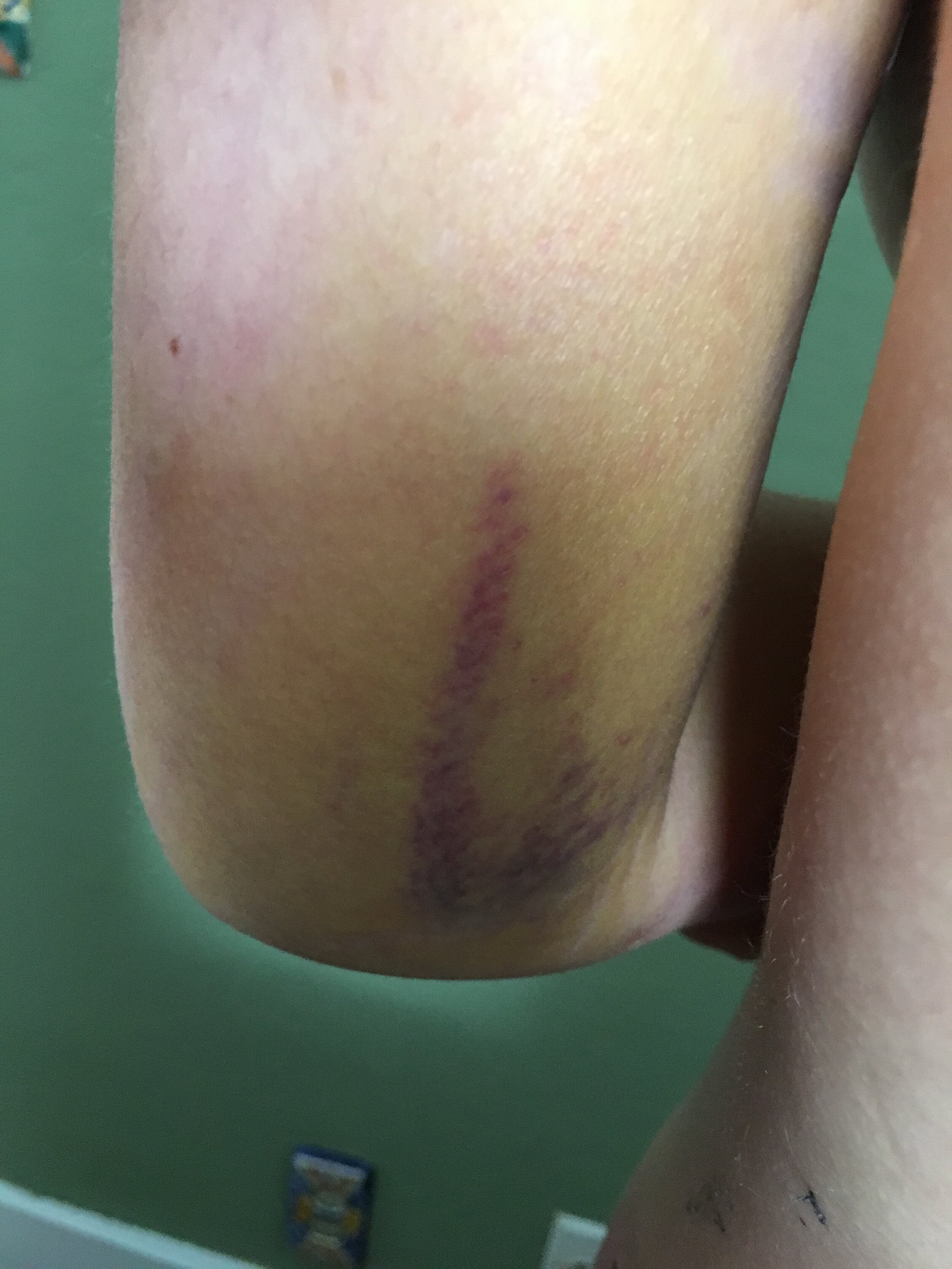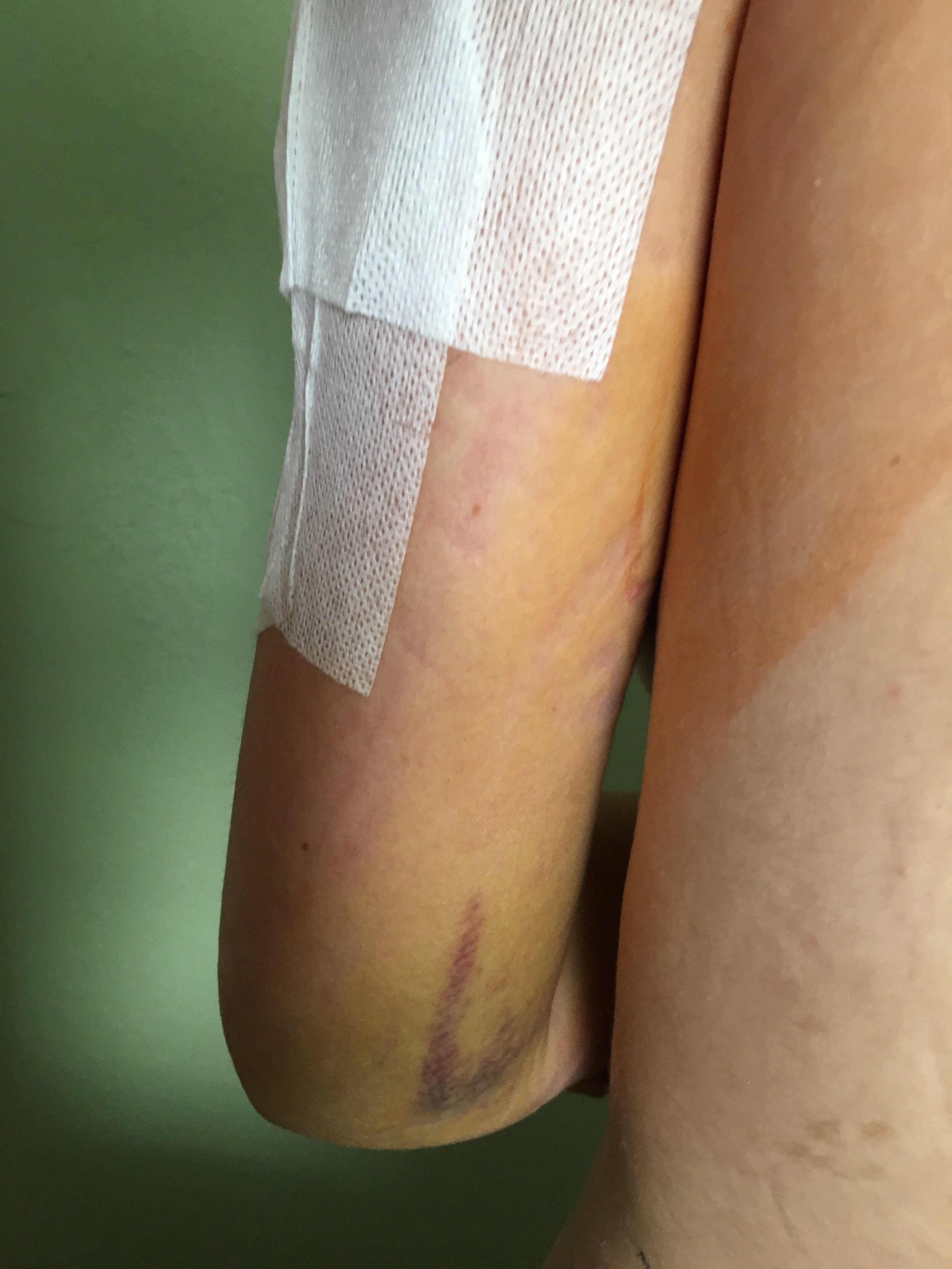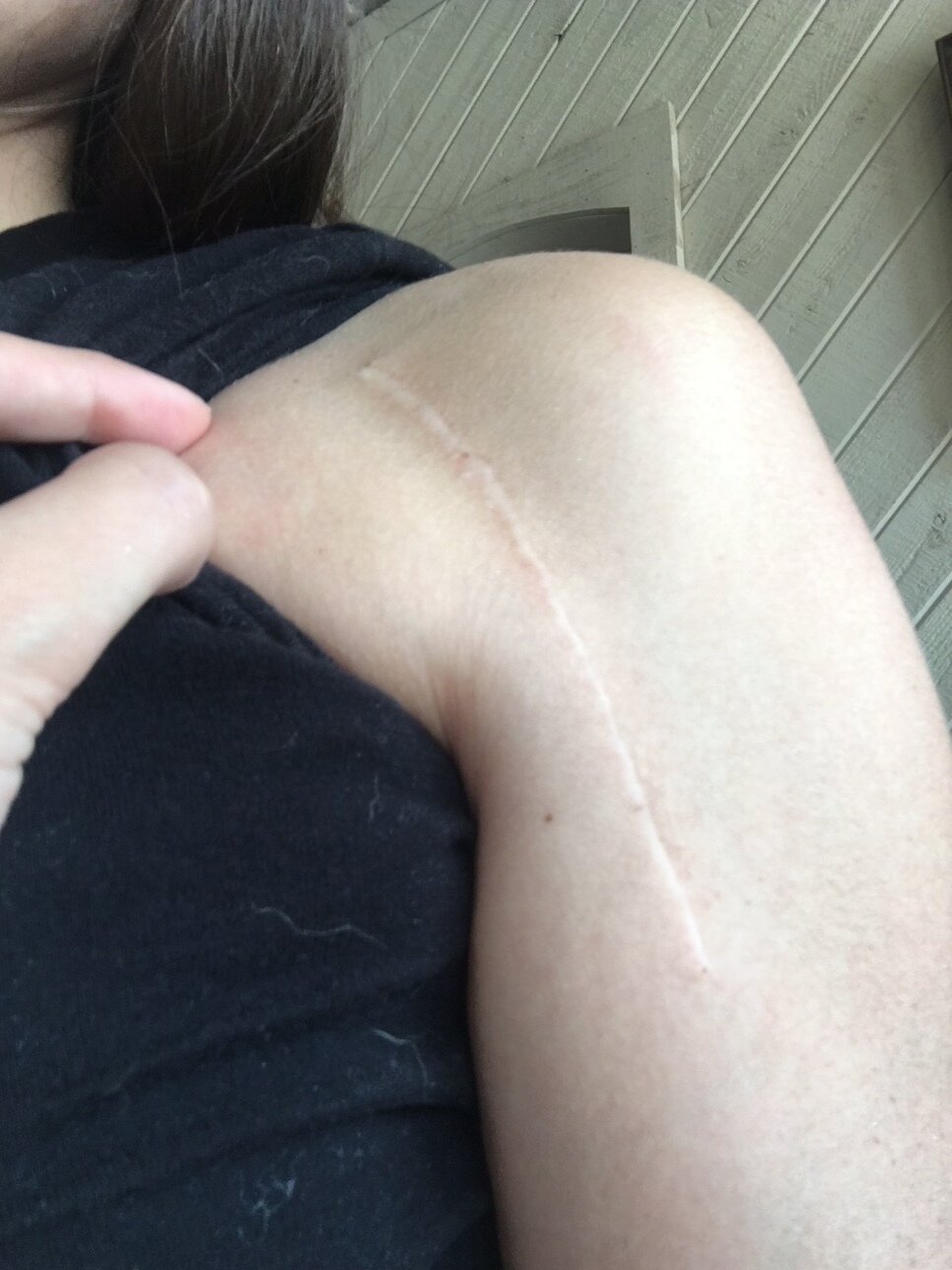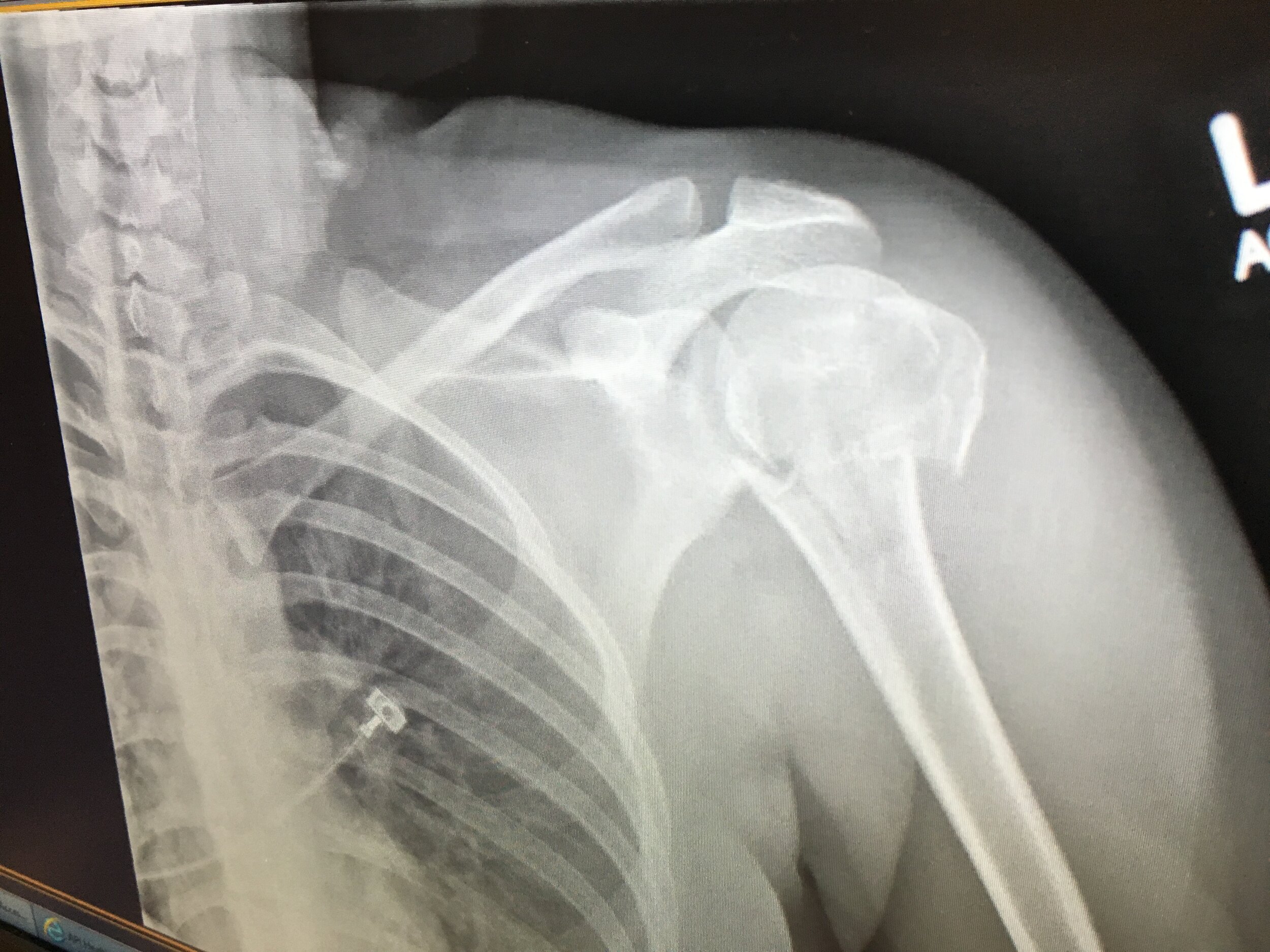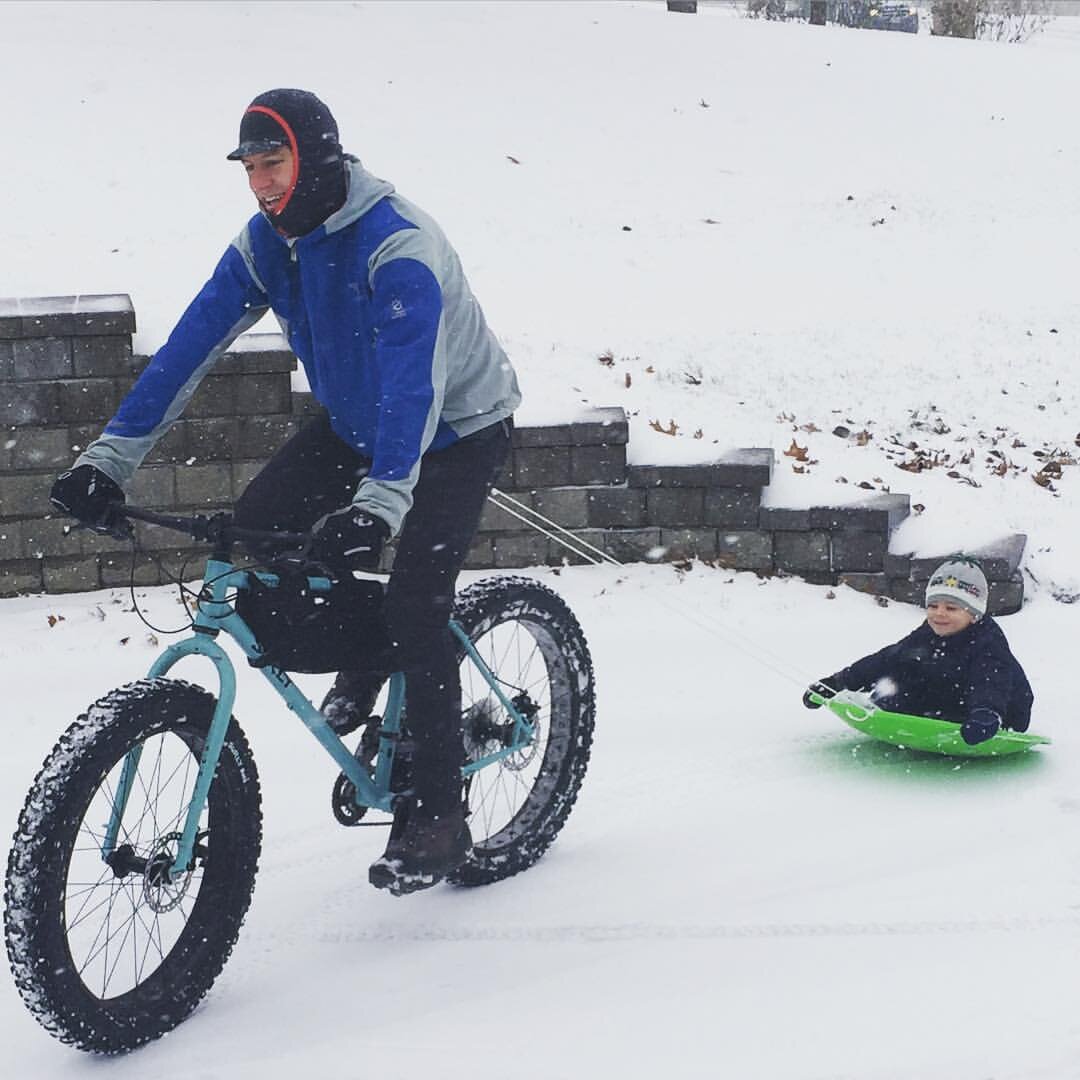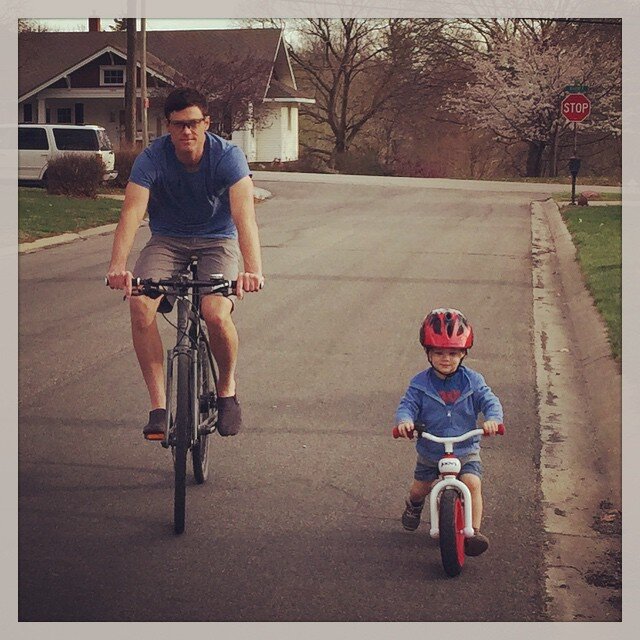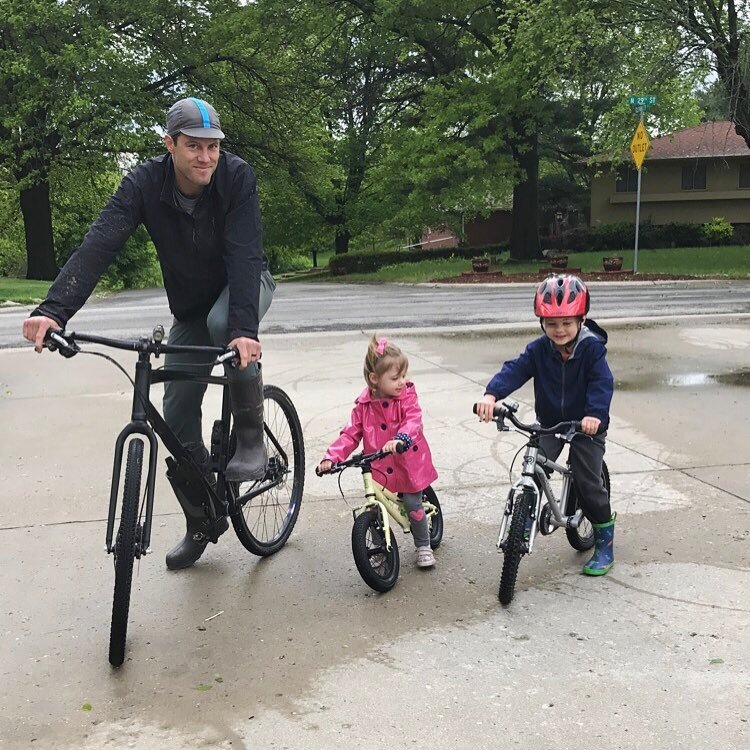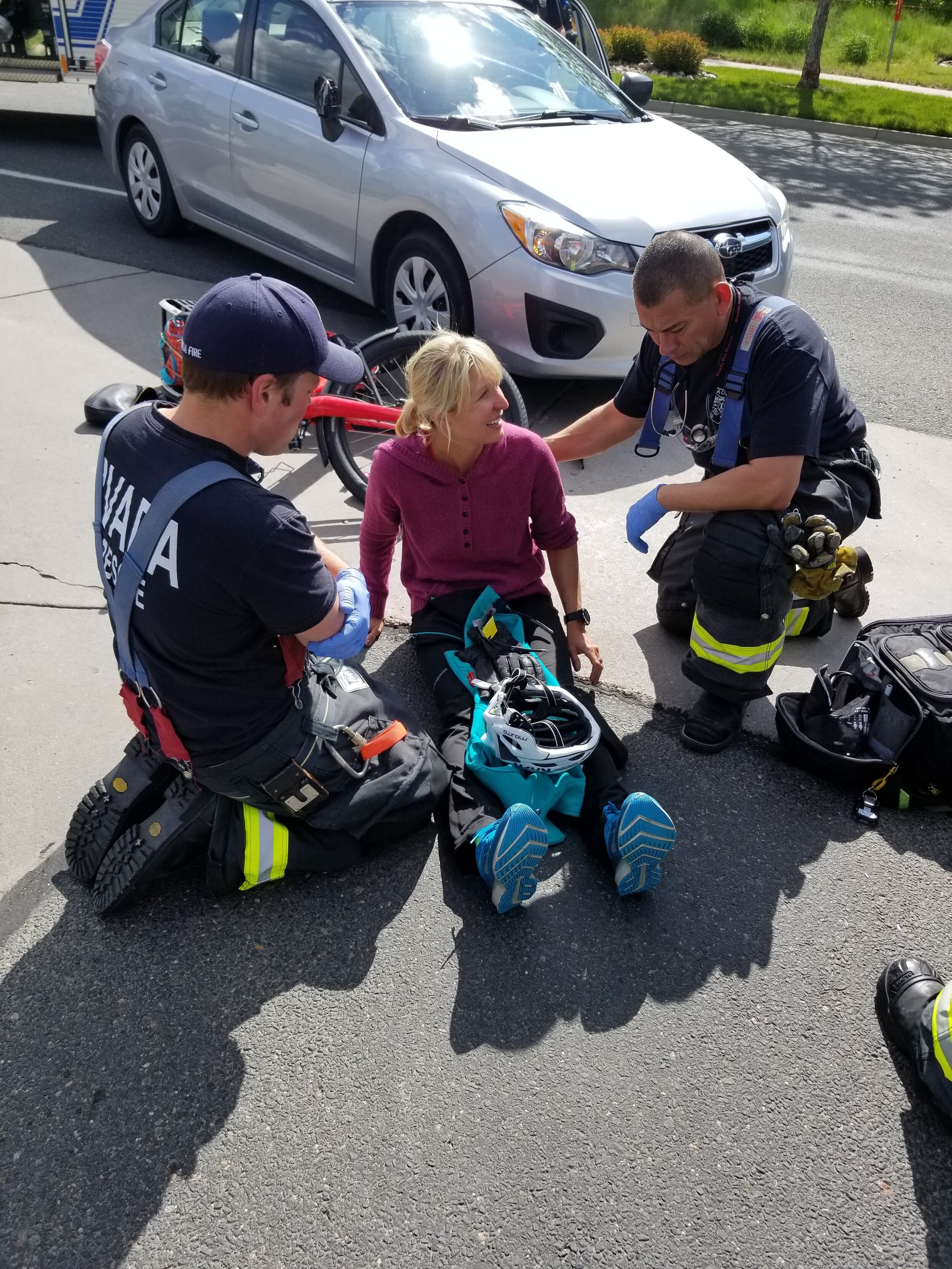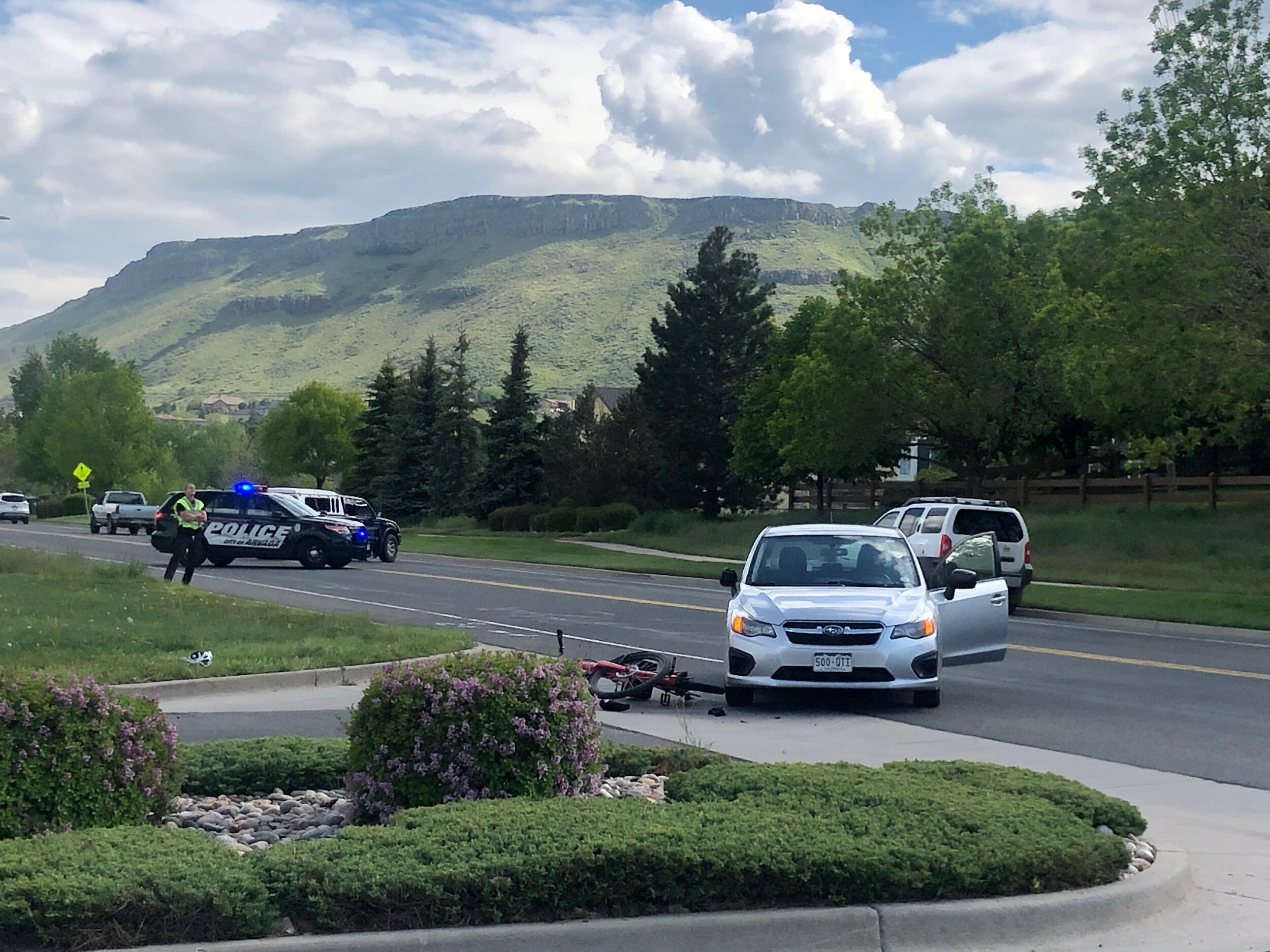Chuck Vogel was a well-respected leader and volunteer in his community. He was always looking out for others and working to make a difference. Chuck helped raise money to fight breast cancer, was a rotary member, and a mentor to many. He volunteered with the Parker Task Force, his local food bank, and served as President of his Metro District Board. “That’s who he was,” said his wife, Teri Vogel. “He did not do any of these things to receive accolades, to be in the limelight, or for recognition. It was the satisfaction of knowing he had somehow made a difference.”
He had been retired for six years, and was relishing the additional time he had for biking, golfing, hiking, and spending time with family and friends. Teri had retired more recently and was looking forward to joining Chuck more frequently in these pursuits.
Chuck had a huge passion for life and his family. He was Teri’s best friend and the love of her life. In addition, Chuck was going to be a grandfather for the first time, as his son, Bryan, and daughter-in-law, Lisa, were expecting their first child. Baby Charlie was due in just two short months.
On July 4, 2019, Chuck headed out on a ride just as he did several times each week. Teri believes that Chuck made a conscious decision that day to ride his bike on a holiday and early in the morning in unincorporated Douglas County. There would be fewer drivers rushing to work, less traffic, and not as many distracted drivers on the road. Chuck was two minutes into his bike ride, riding on Pine Drive near Parker Core Knowledge when a driver in a Kia Spectra hit Chuck from behind at 6:25 a.m. The driver fled the scene and Chuck was left to be found by a Good Samaritan who thought there was trash on the side of the road. This is something that Teri lives with every day.
Teri was still asleep when she got a call from the Emergency Room at Parker Adventist Hospital asking her if Chuck was on a bike ride that morning and notifying her that Chuck was in the emergency room. When she arrived at the hospital, he was being brought back from a CT scan and was already on life support. As an experienced ER nurse, Teri knew that the situation was dire when she met with doctors. Teri had to make the difficult call to her son, Bryan, who was living in Utah. Teri stated that Chuck and Bryan had a relationship like none other. They spoke to each other multiple times a week and both shared a love of bicycling. Bryan and Lisa, who was 32 weeks pregnant, drove to Colorado knowing that they were coming to say goodbye to Chuck.
Chuck passed away the next day on July 5, 2019 as a result of his injuries.
Police found the Kia in Parker on July 5, 2019, abandoned in the parking lot of nearby townhomes. After a tireless investigation that involved multiple arms of the Douglas County Sheriff's Office, Preston Dorris was identified as a lead suspect.
Dorris had come to Colorado to buy drugs and was no stranger to law enforcement. He had led a life of crime in his 36 years and, at the time of the crash, had been convicted of 22 misdemeanors since 2003. His crimes included third-degree assault, theft, and two felonies including forgery and unauthorized use of a financial device. He was found and arrested outside Alliance, Nebraska, on July 13 and was transported back to Colorado on July 16th. At the time of his arrest, Dorris was making plans to leave the country.
Collaborative efforts between law enforcement in both Colorado and Nebraska, and the Douglas County District Attorney’s Office had a major impact on the outcome of this case. Thanks to their tremendous efforts, justice was served. “From the very moment they got the call and came to the hospital, the Douglas County Sheriff’s Office was committed,” said Teri. This case was not only about bringing the driver to justice, it was about finding justice for a husband, father, friend and valued community member.
The Deputy Patrol Officer, who responded to the original 911 call and was on the scene the morning of July 4th, told Teri that he would not rest until he found the driver. Crime Stoppers offered a reward for anyone with information about the case. Additional manpower was brought in to help with the case, as it was considered a major crime. “This was not an accident. It was a crime,” says Teri. “He had a blatant disregard for life. Dorris made a conscious choice that day, and continued to make the same choice day after day after day after day until he was found and arrested.” Teri expressed that everyone involved in law enforcement from the officers to the victim advocates did an exemplary job. “They were dedicated, committed, professional, and very responsive.” Throughout the investigation, Douglas County Sheriff Tony Spurlock, along with other detectives, personally visited Teri to give her and her family status updates.
Bryan contacted Hottman Law Office on the recommendation of a fellow cyclist who had met Megan in Albuquerque at a bike race. Our office took the case and worked quickly and diligently to support the Vogel family in the criminal case and to represent their interests in the civil matter. HLO staff stayed in the office late working with Teri in Colorado and Lisa in Utah via phone signing and sending documents back and forth on July 16, 2019, the day Dorris was transported back to Colorado. The next day, Megan met Teri in Douglas County at 8:30 a.m. to support her during the bail hearing. “The expertise, support, guidance, and counsel for maneuvering this process started then and continues to this day. It has been more than we ever could have anticipated,” said Teri.
Dorris pled guilty on February 25 to three charges. They included:
1. Leaving the scene of an accident involving death, a Class 3 felony
2. Vehicular Homicide – Reckless driving A Class 4 felony
3. Careless Driving – Vulnerable Road User, Serious Bodily Injury.
The sentencing hearing for Dorris took place on August 28, 2020 in Douglas County District Court. Due to COVID-19 restrictions, the total number of people in the courtroom was limited, however, Teri, Bryan, Lisa, and baby Charlie were in attendance. In addition, numerous friends, community members, and mentees testified both in person and virtually to show how Chuck’s death had impacted their lives. At one point, over 100 people were present online to watch the hearing. Teri believes that the turnout made an impression on Judge Theresa Slade.
Chief Deputy District Attorney John Kellner asked for the maximum sentence of 18 years stating that Dorris never braked, slowed down, swerved, or turned back. He went on to say that Dorris was not speeding and could see 310 feet ahead. “He stole the life from Chuck Vogel and deprived Mr. Vogel’s family and his community of many years of his contributions,” said Kellner.
“So much was taken from our family. We get no second chances. The driver needed to be made accountable,” said Teri.
Judge Slade sentenced Dorris to the maximum of 18 years. Surprisingly, this was the first time in Colorado history that a driver received the maximum sentence for hitting and killing a cyclist.
“The prison sentence of 18 years is the maximum sentence allowed by law for his offenses, so this was the best possible ruling,” wrote Teri in an email sent out after the sentencing hearing. “We are very fortunate to have had DAs that prosecuted for the highest sentence term and a Judge who actually sentenced him to the maximum term. Sadly, this has not been the case here in Colorado when it comes to hit and runs and cyclist injuries caused by motorists. It is great that the Judge saw this for the crime it was, not an accident. This sends a huge message and hopefully it not only sets a standard in the legal community, but lets motorists know that crimes against vulnerable road users will be taken seriously. If a motorist leaves the scene, they will be prosecuted fully for the crime.”
As part of his conviction, Dorris will be required to serve three years of parole after serving his sentence. Typically, he would be eligible for parole when he has served half his sentence, but that is highly unlikely according to the Judge considering his extensive criminal history.












